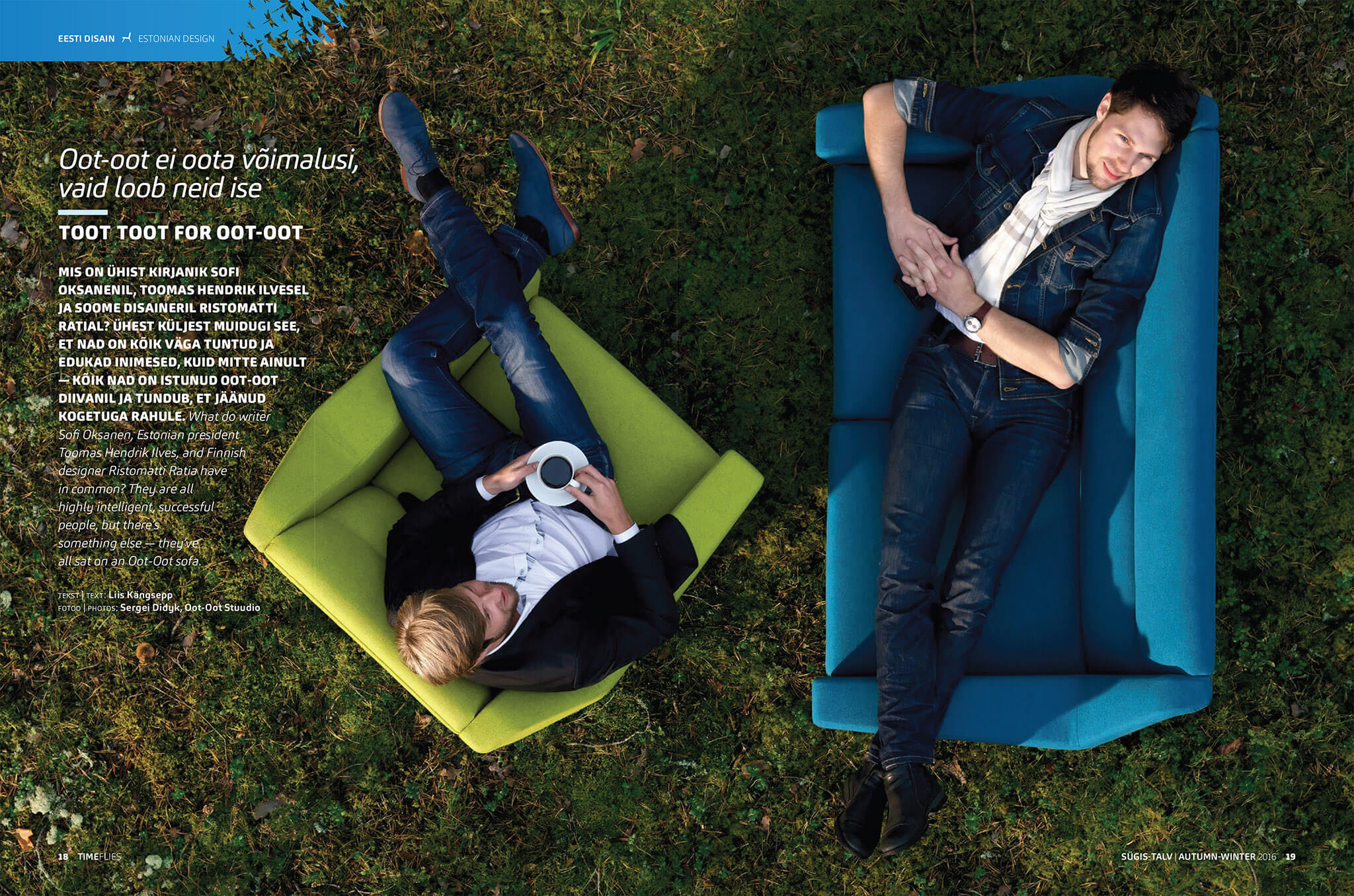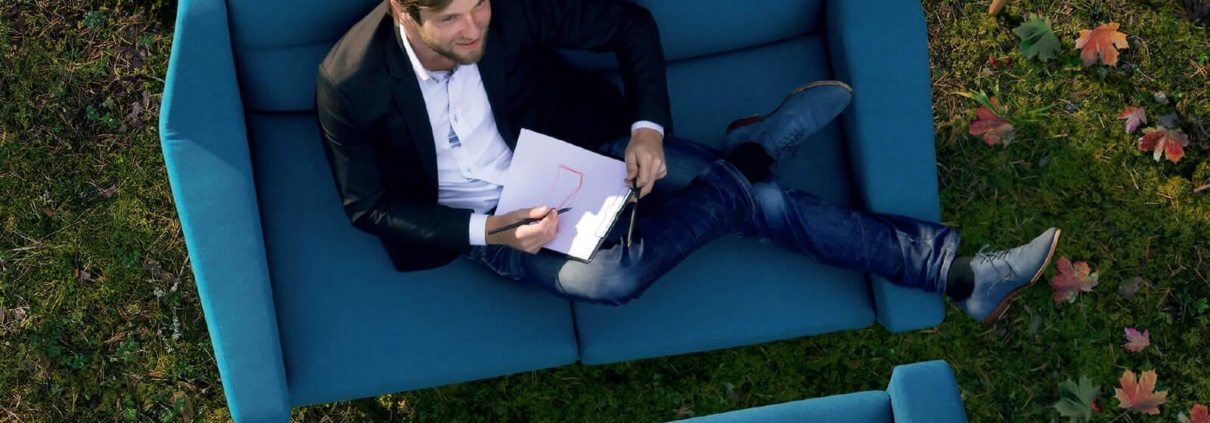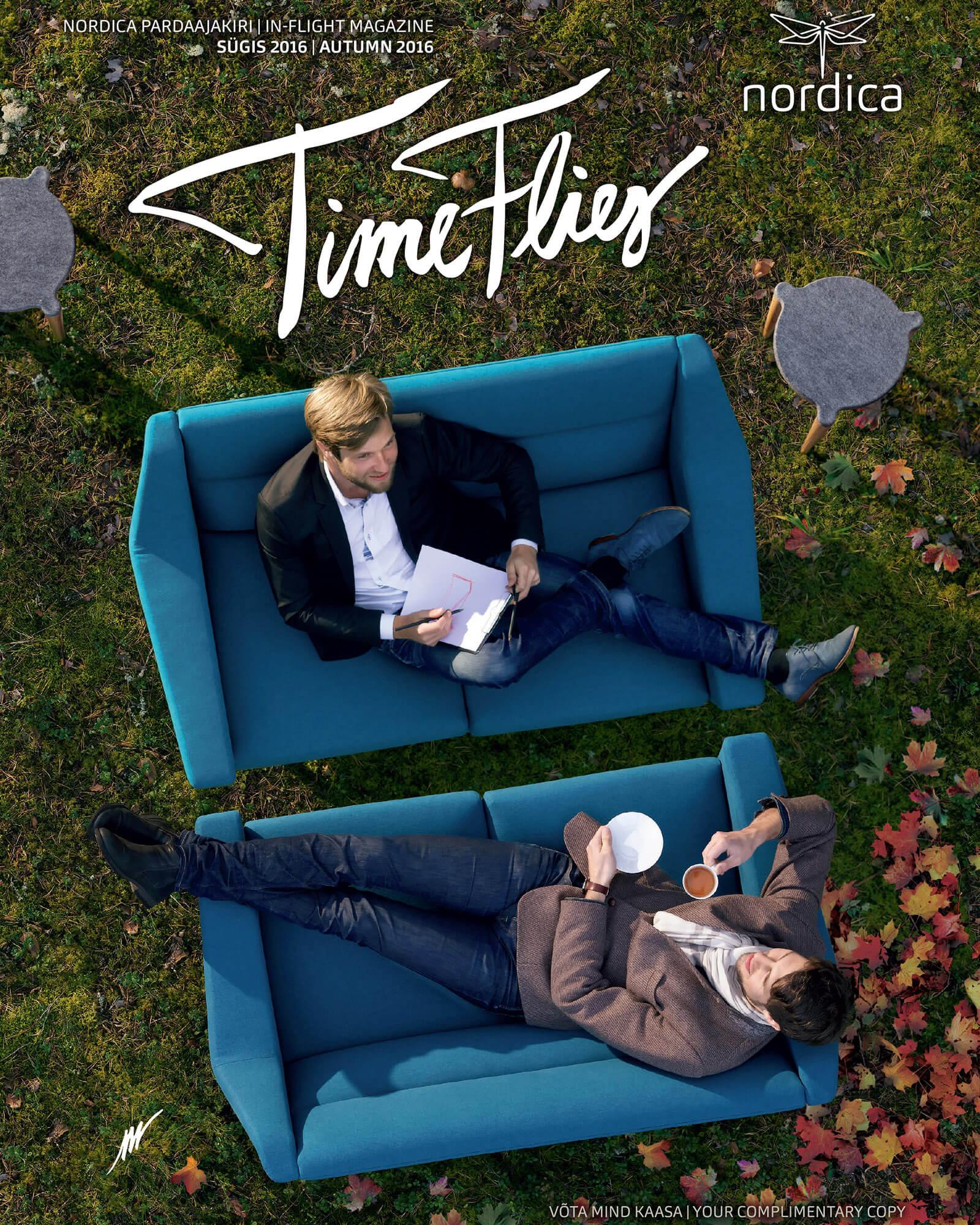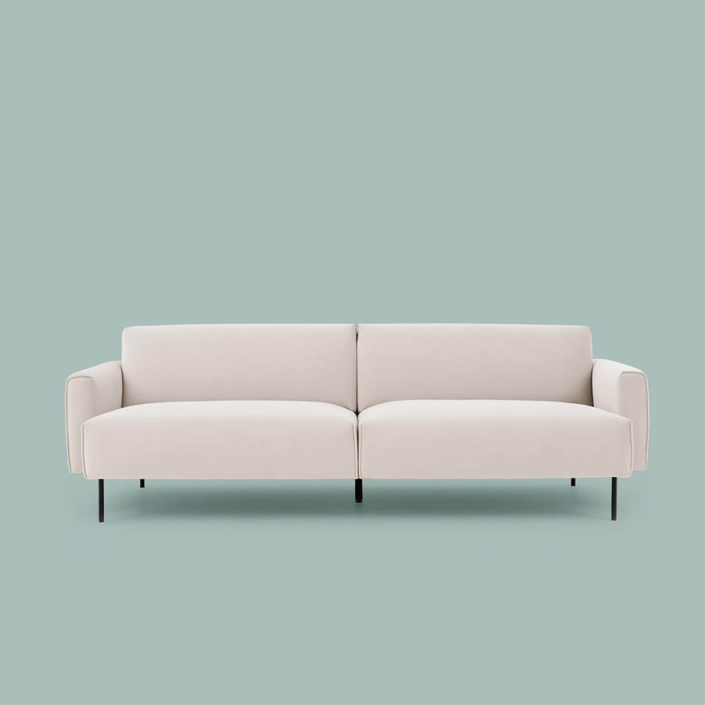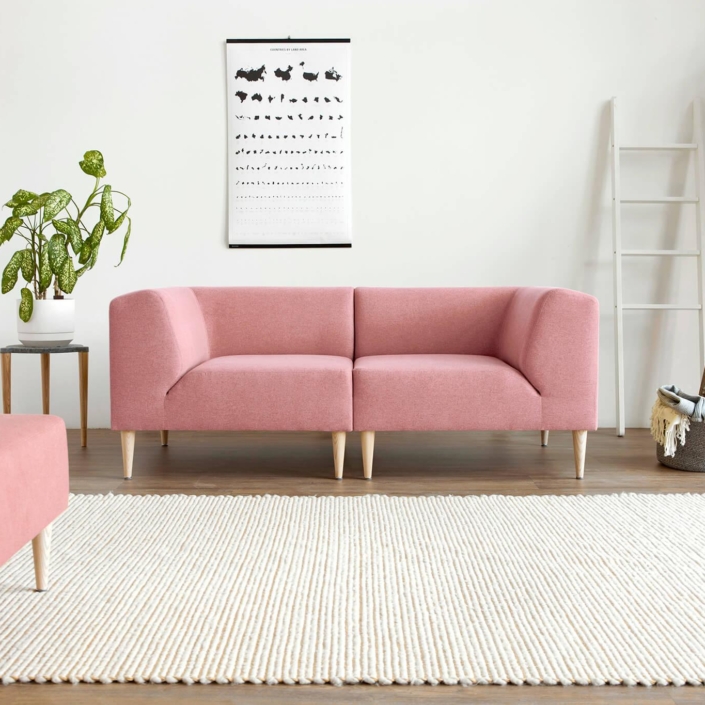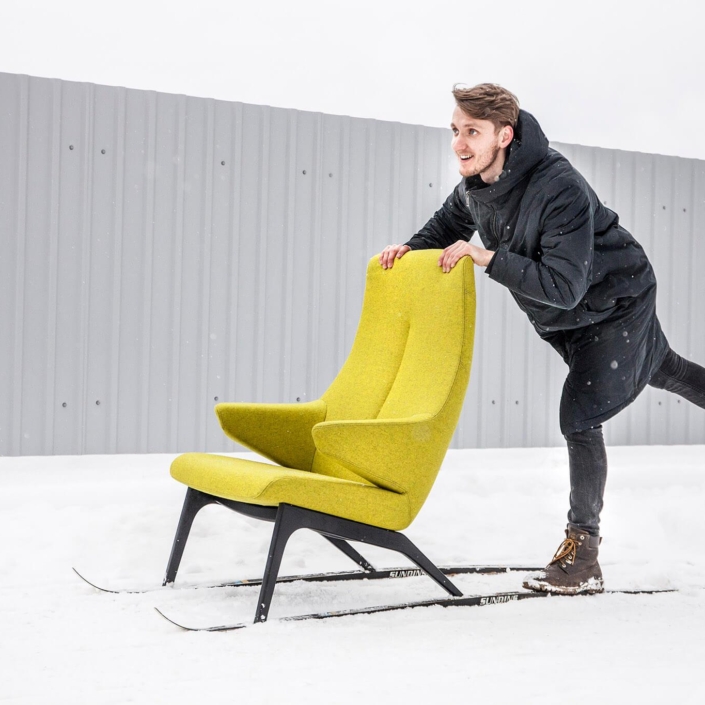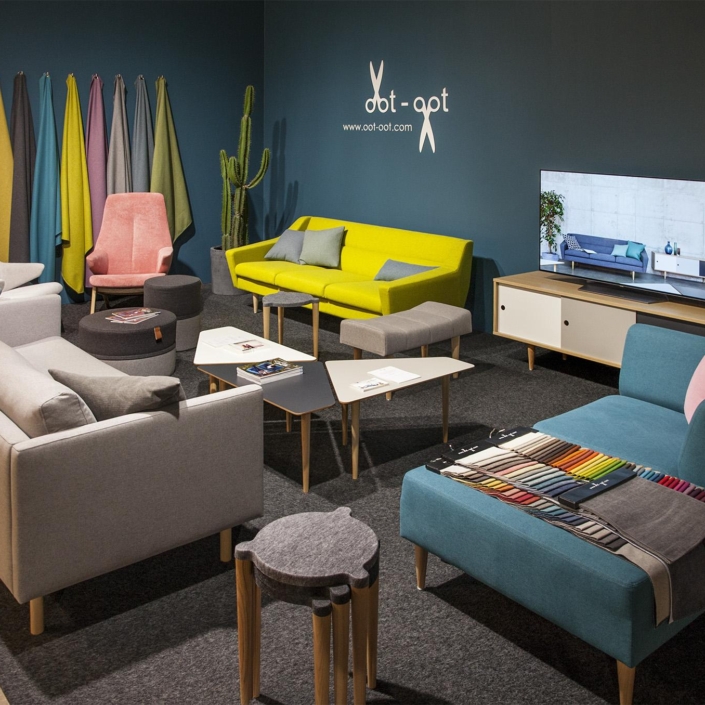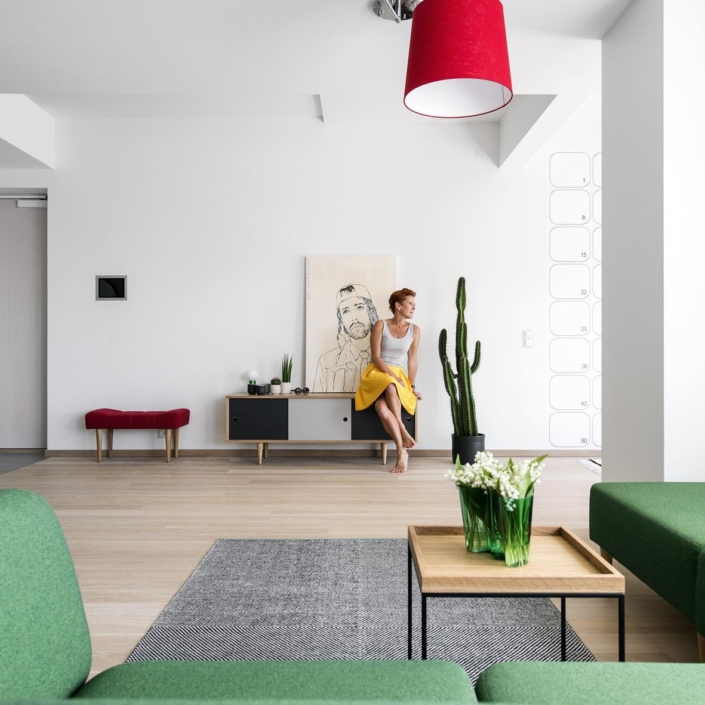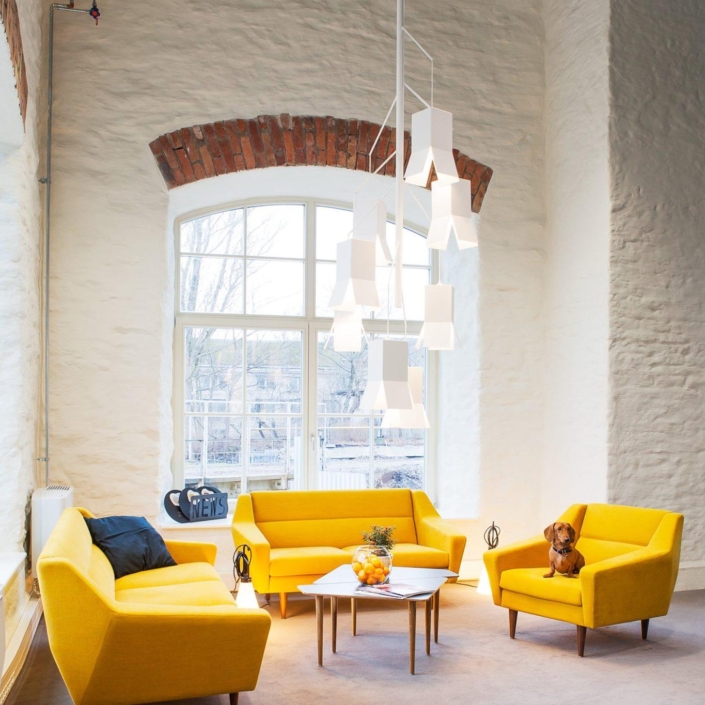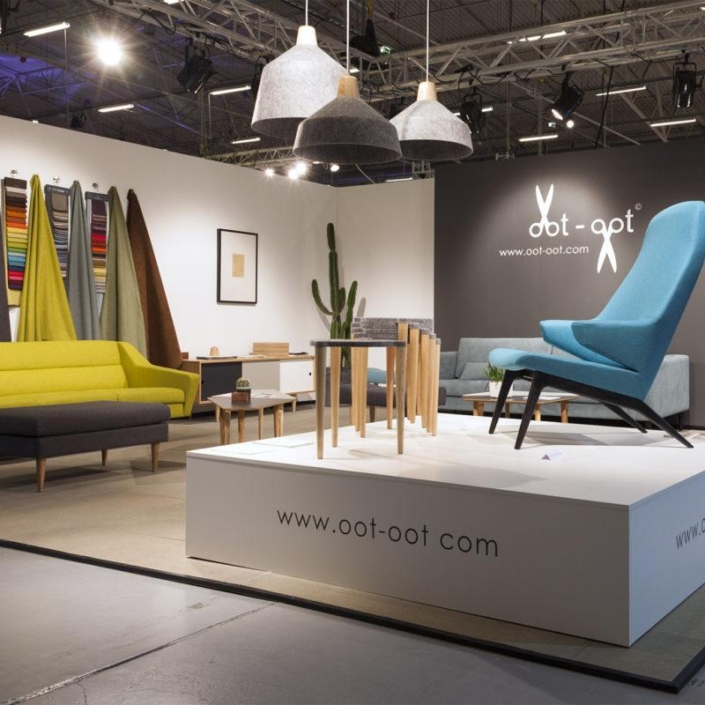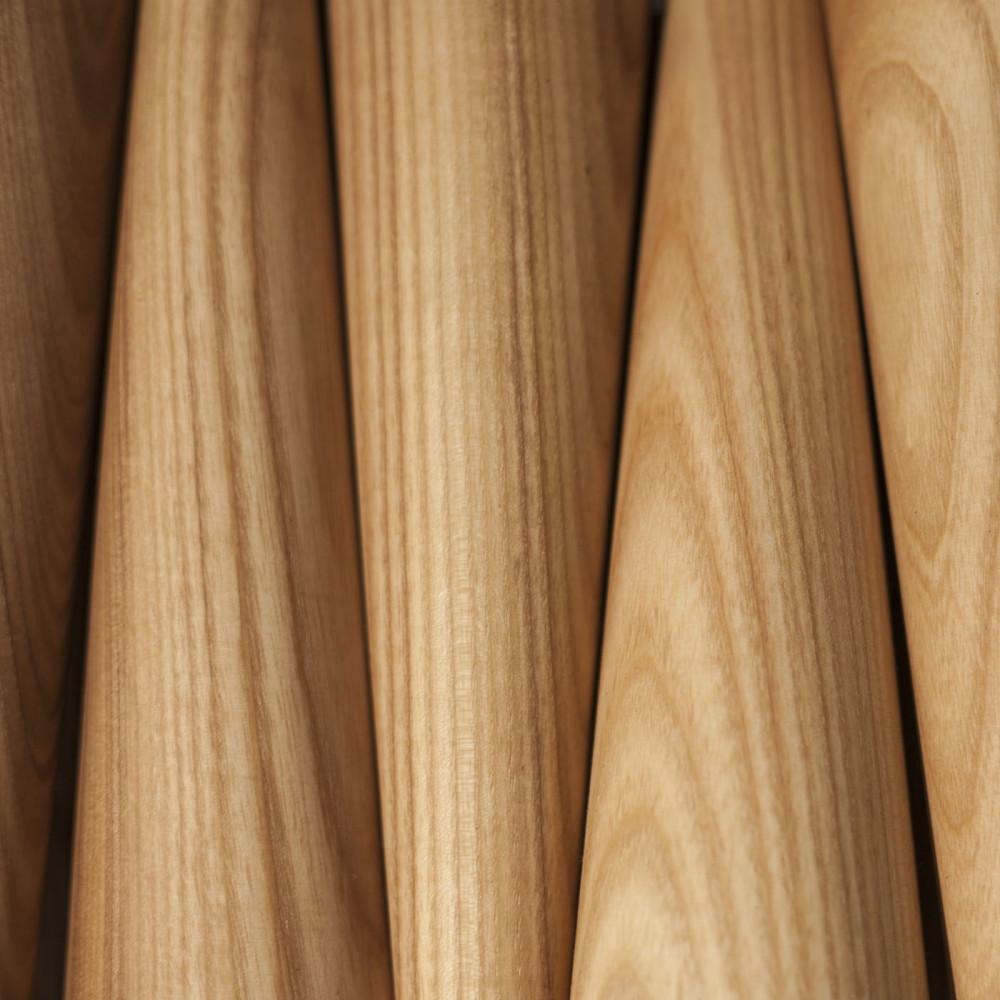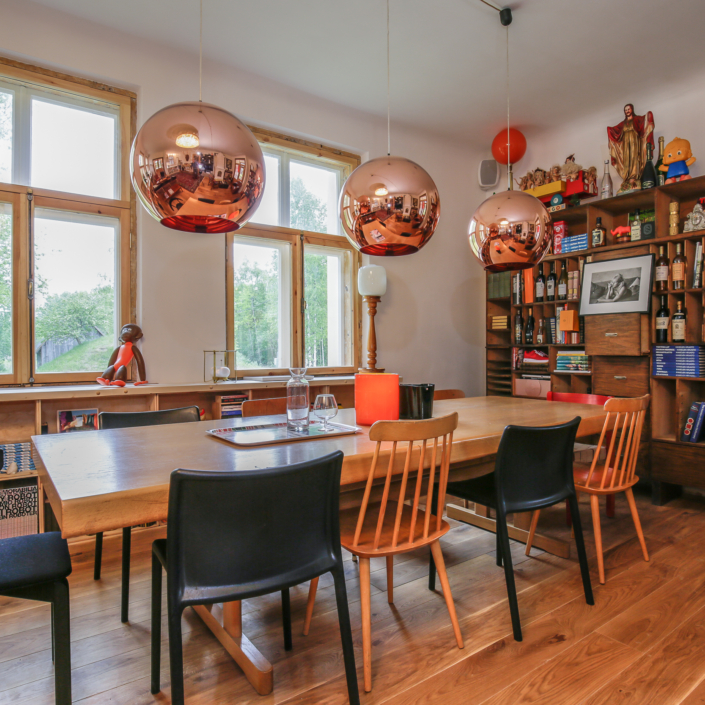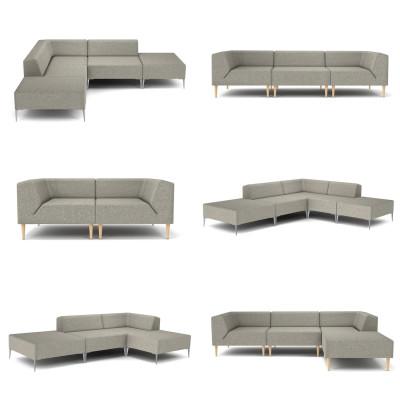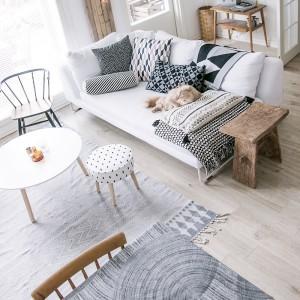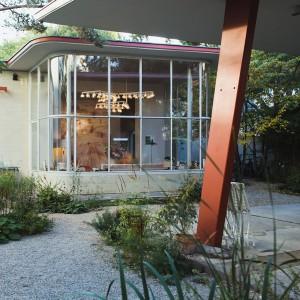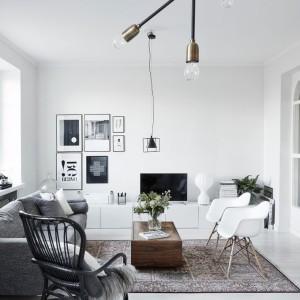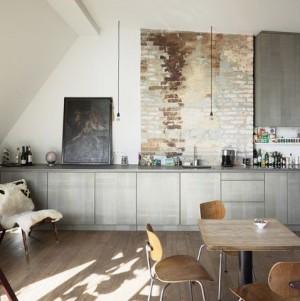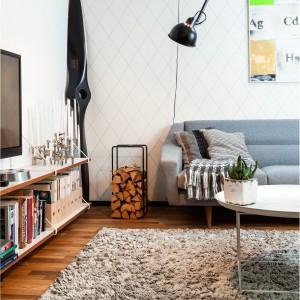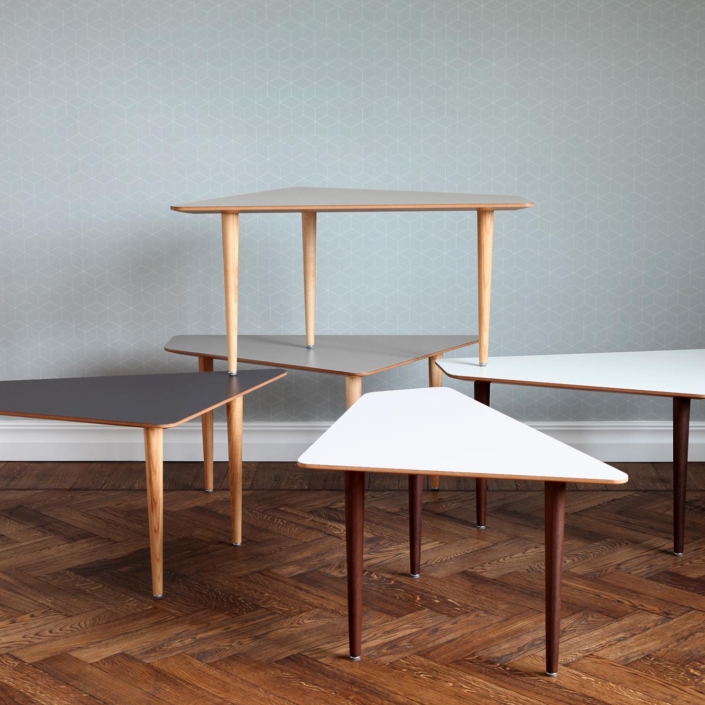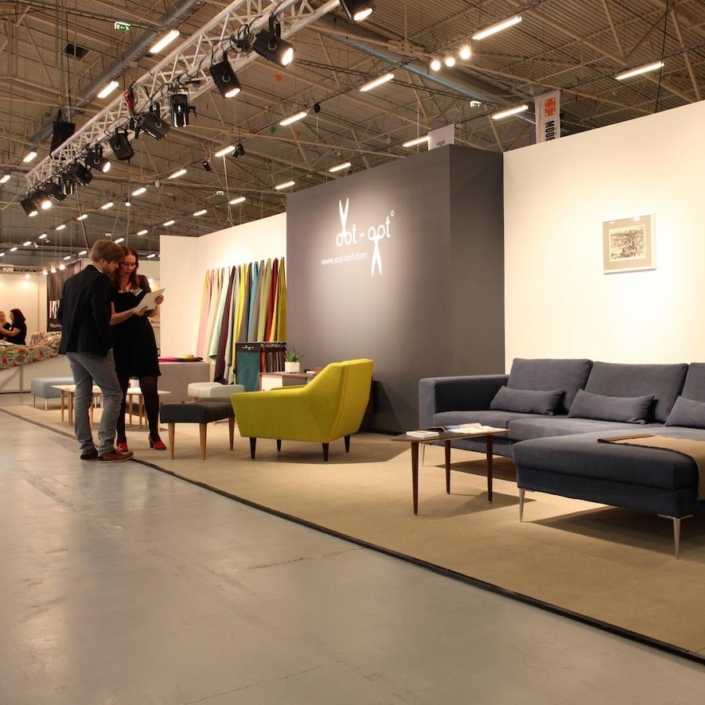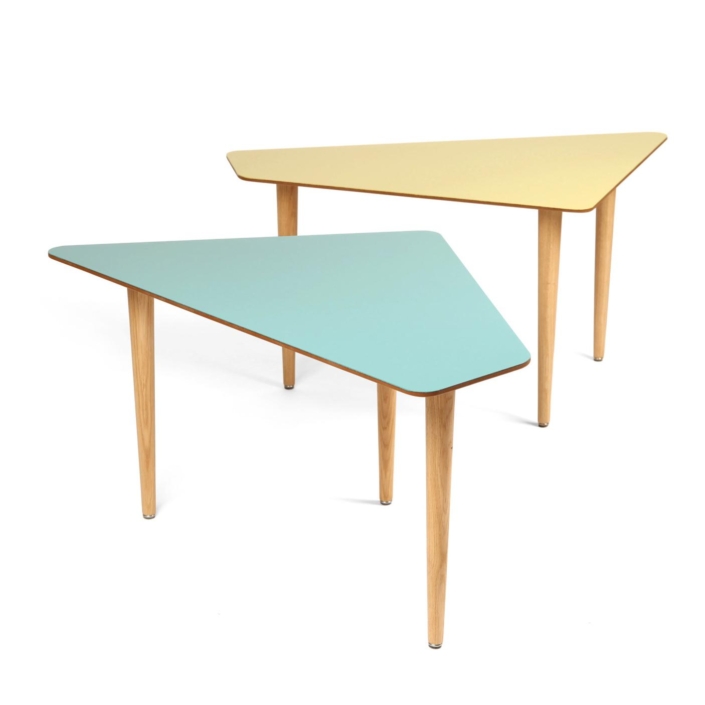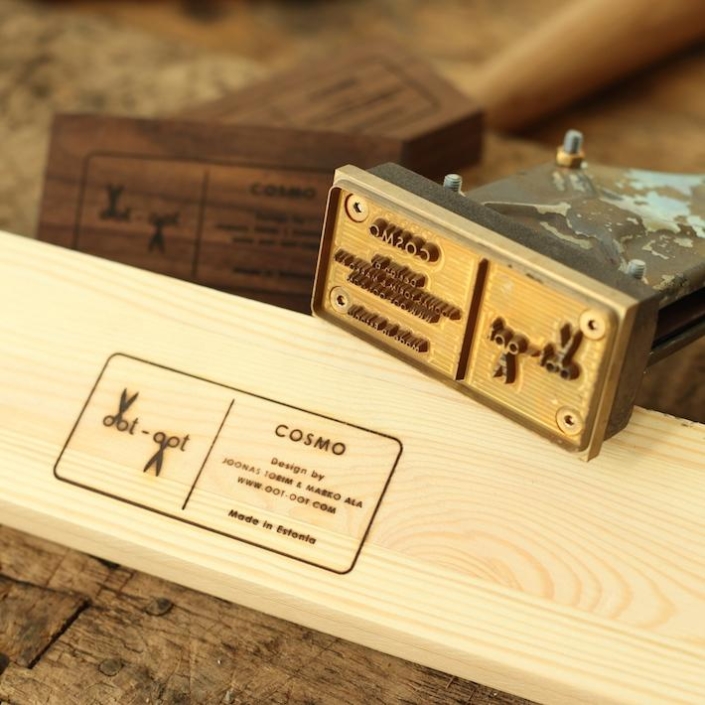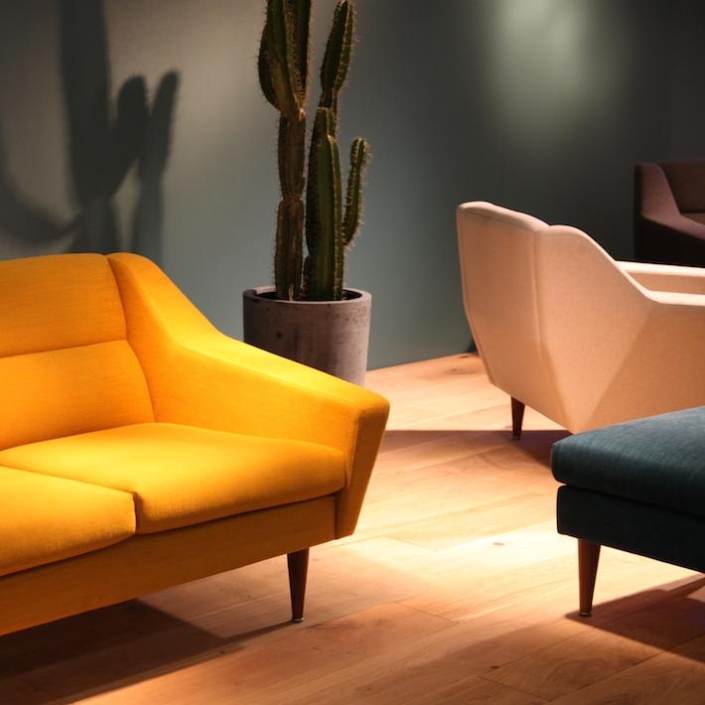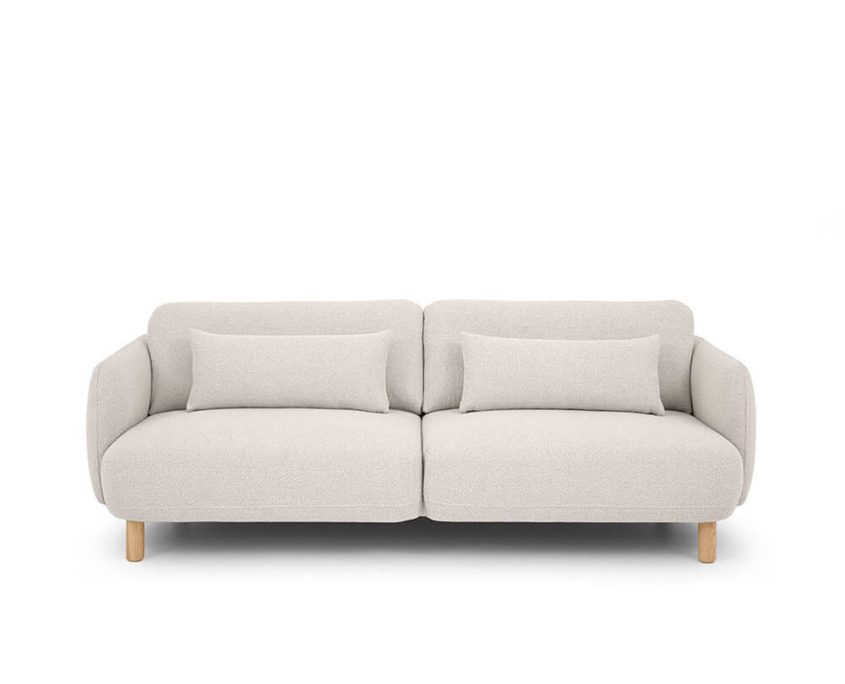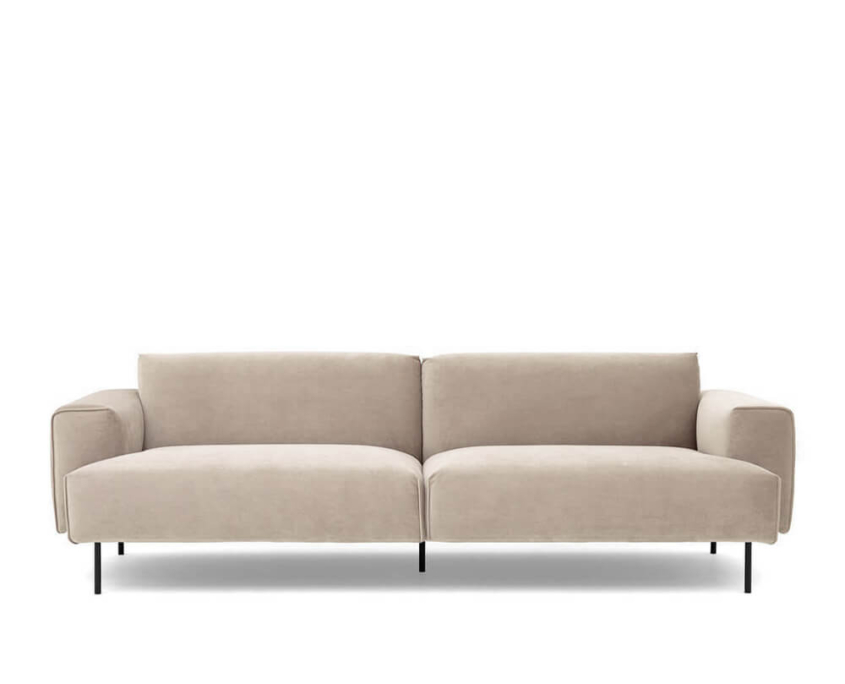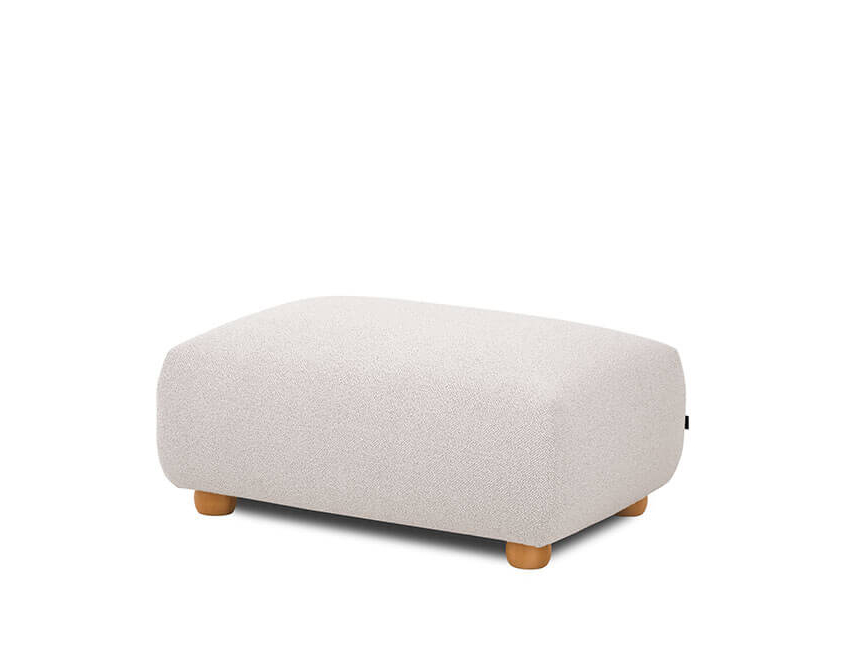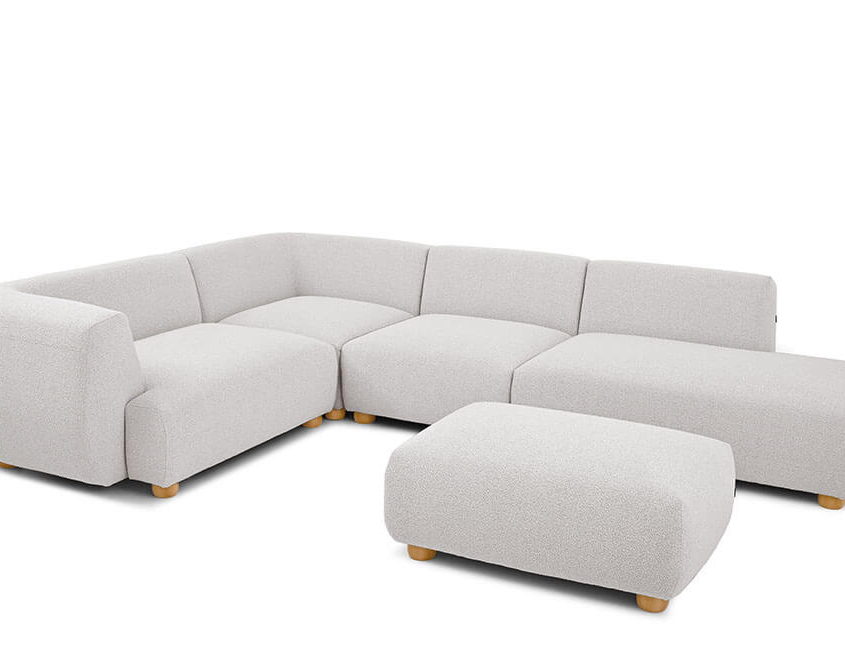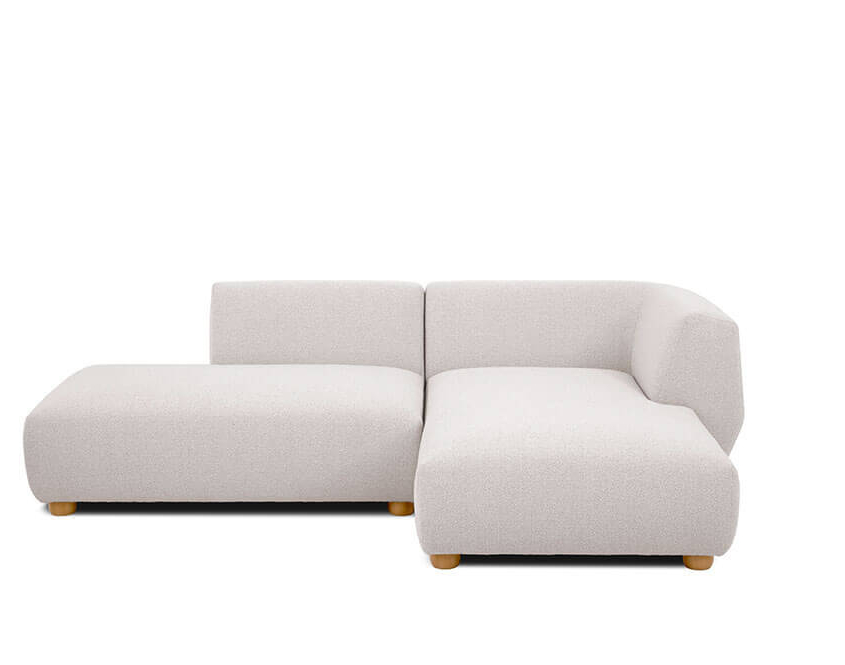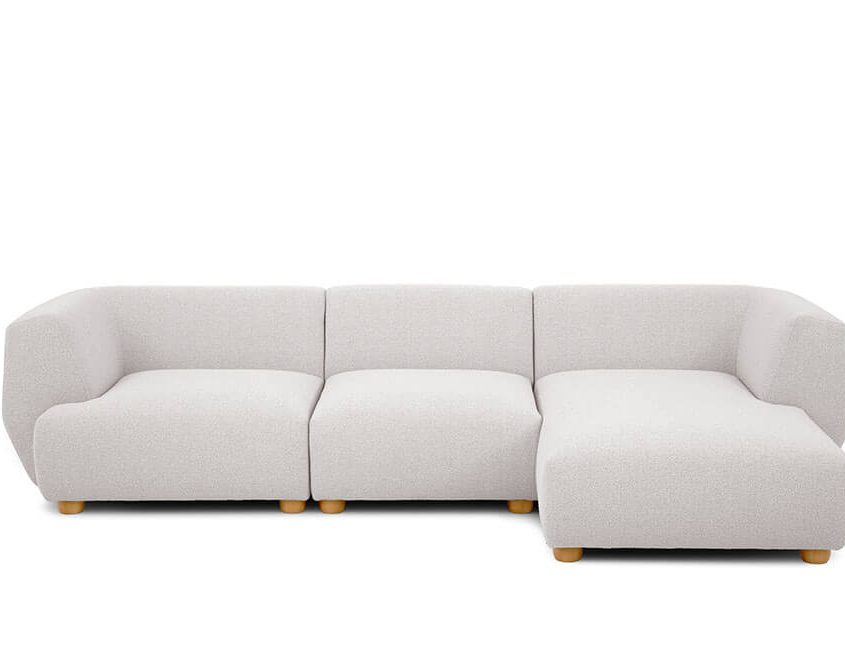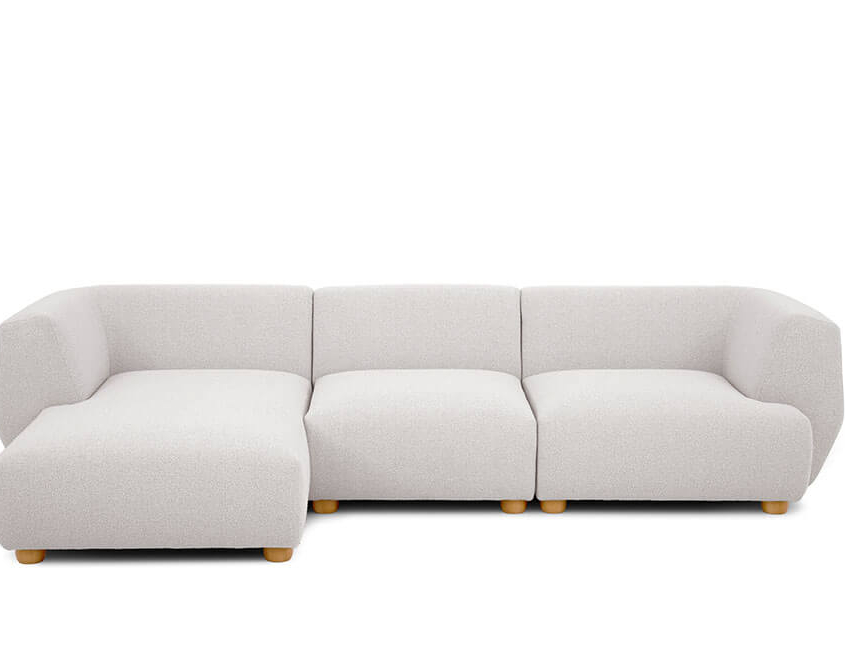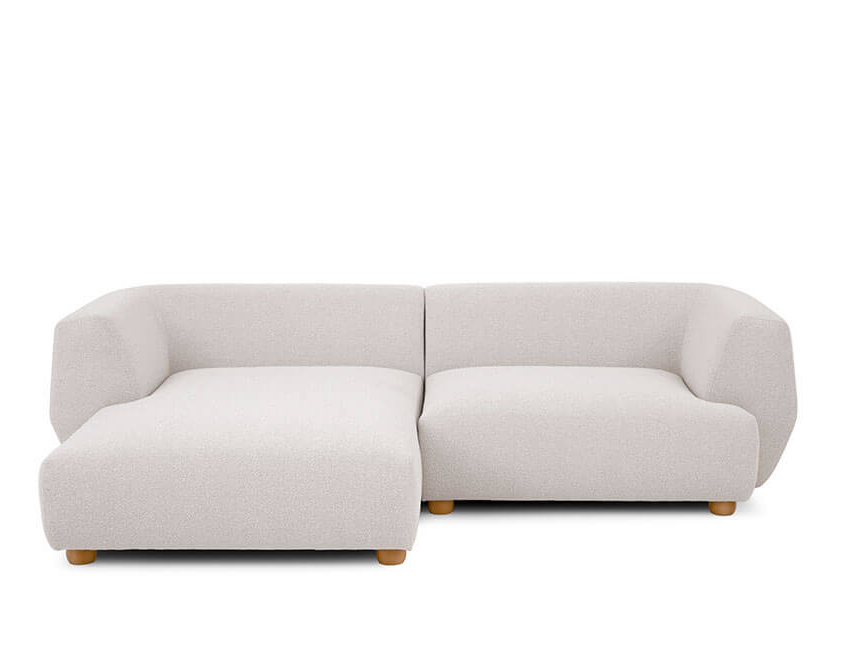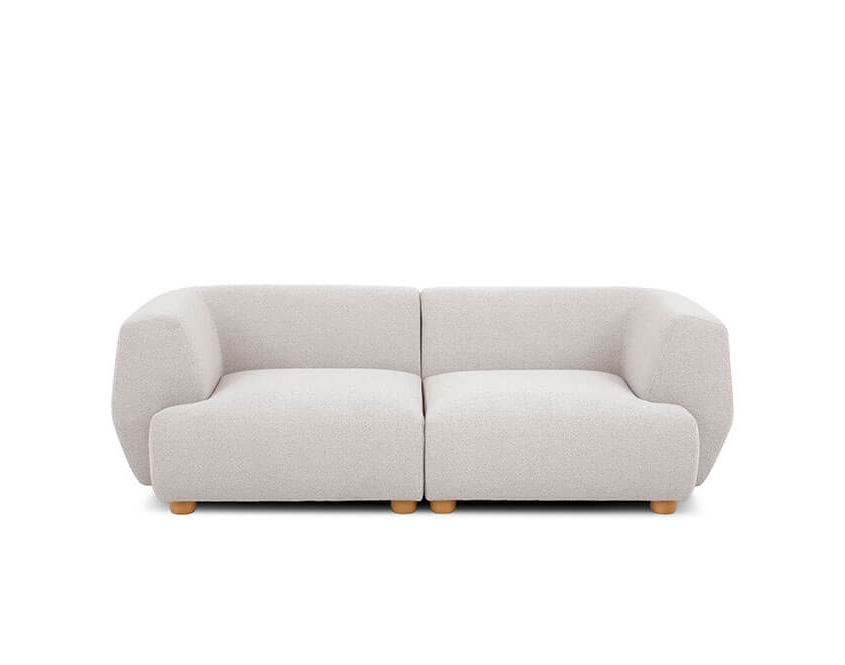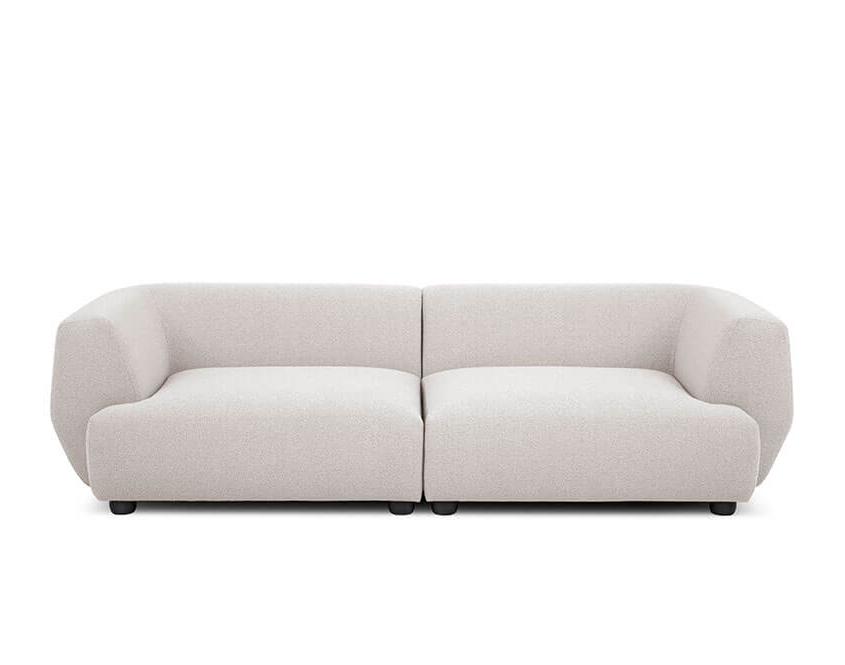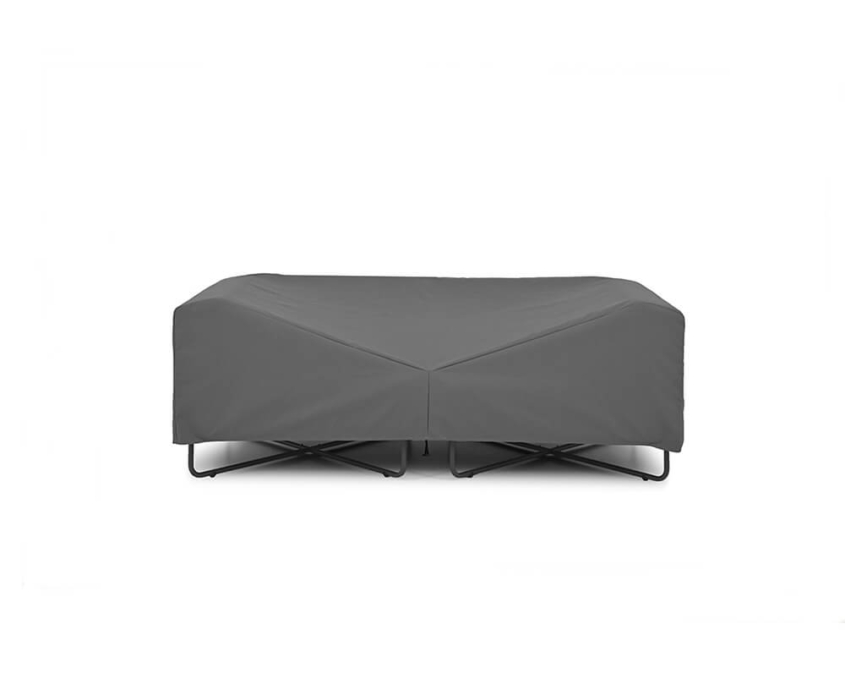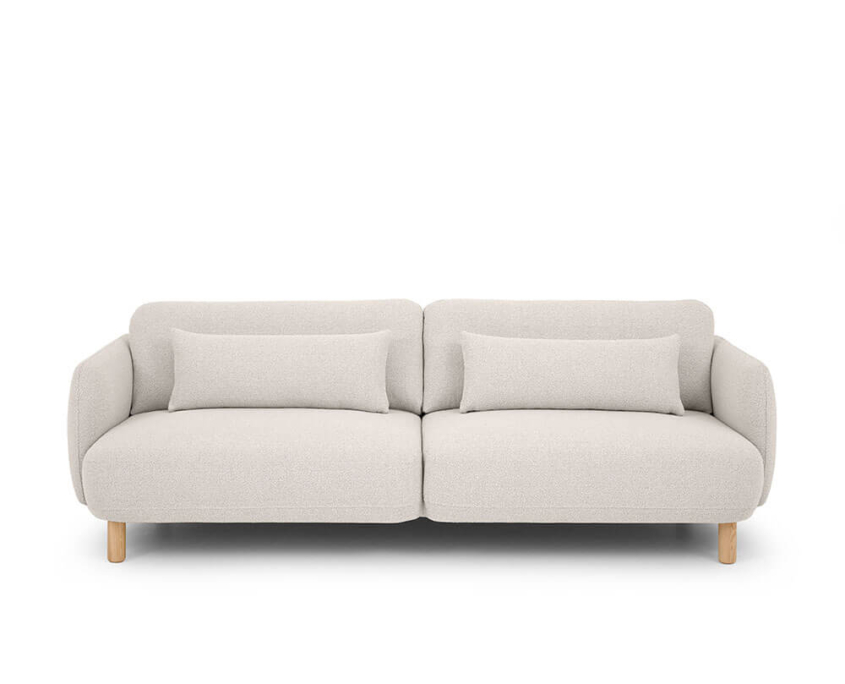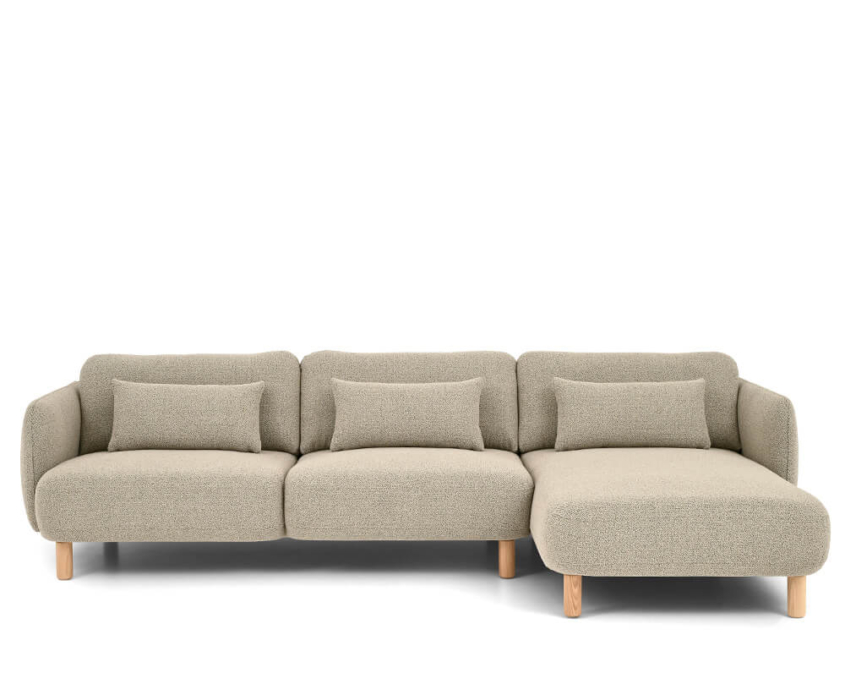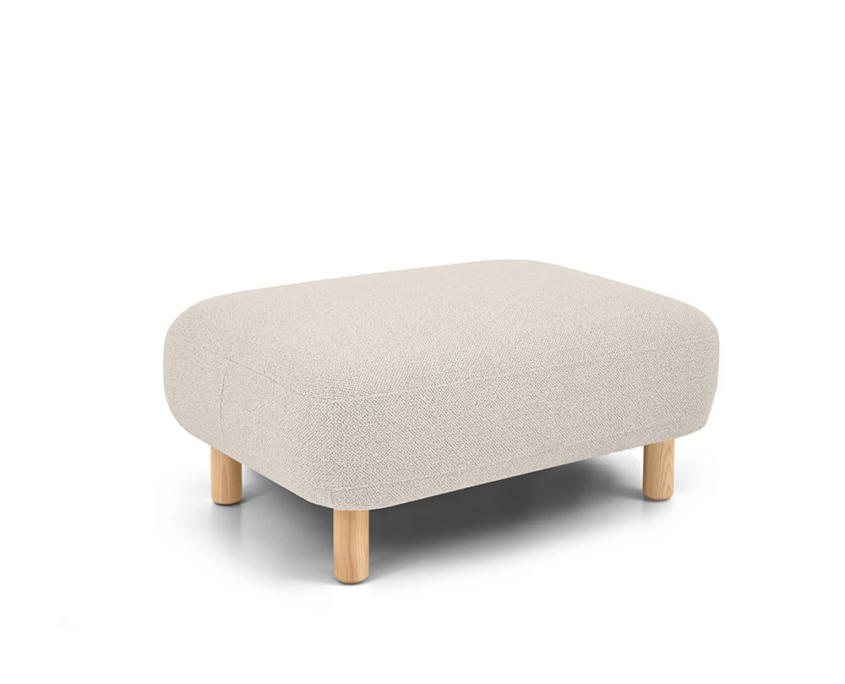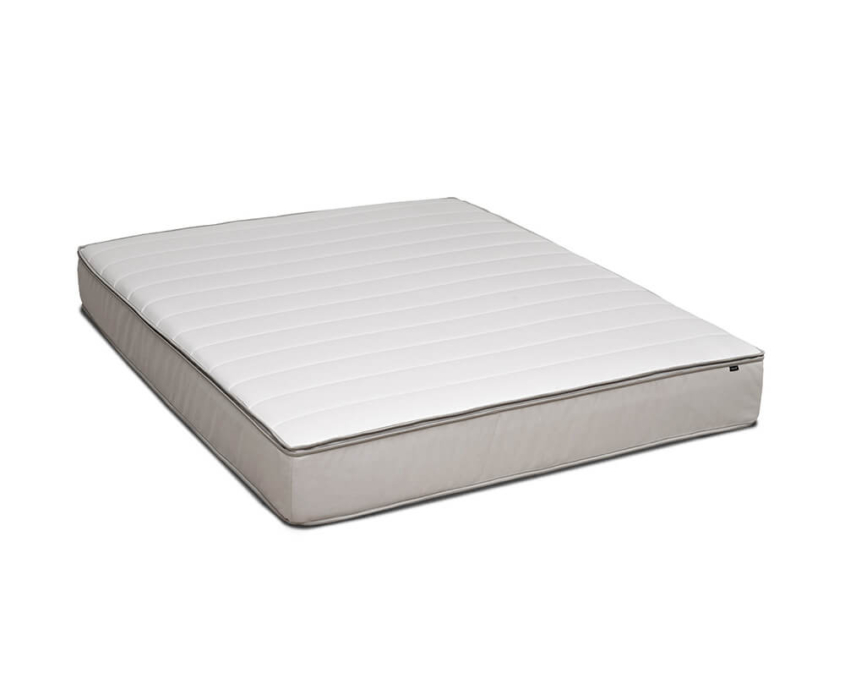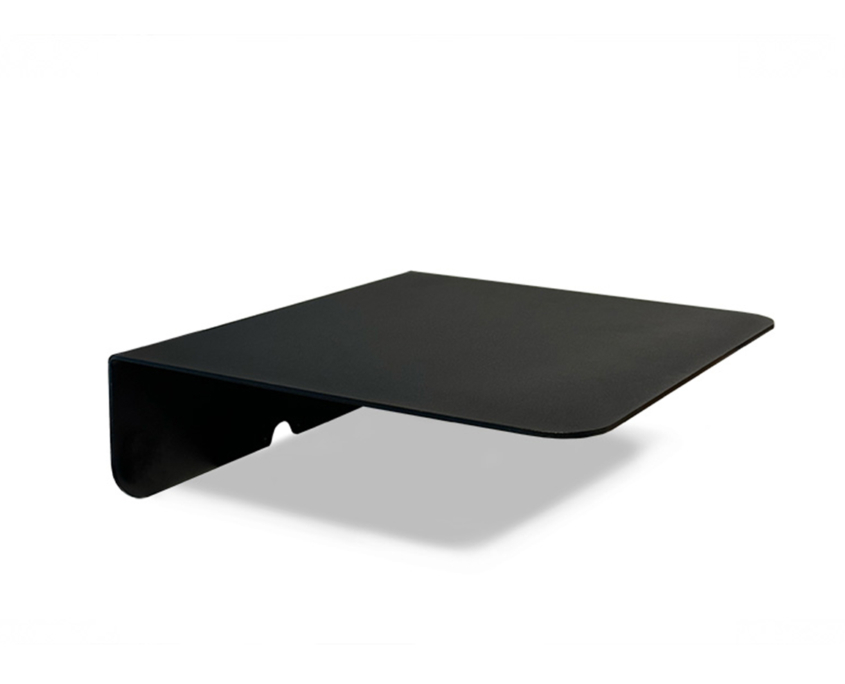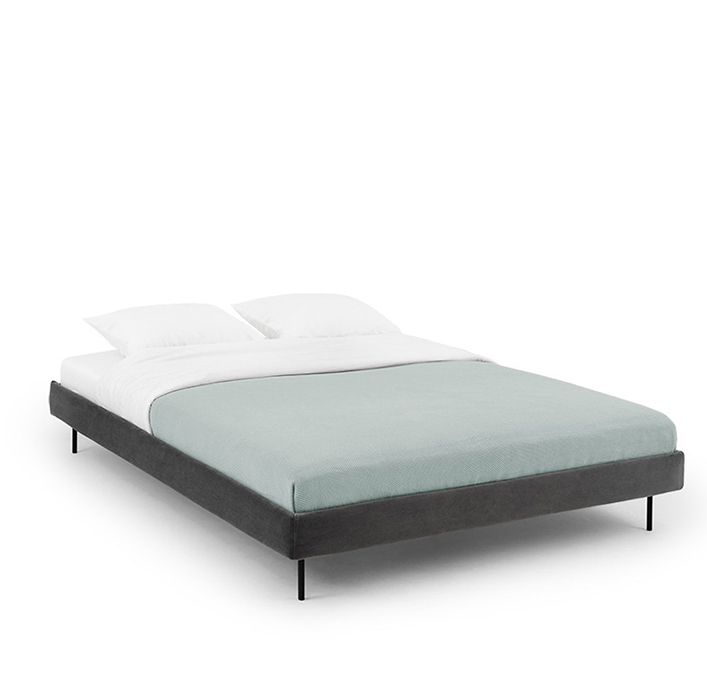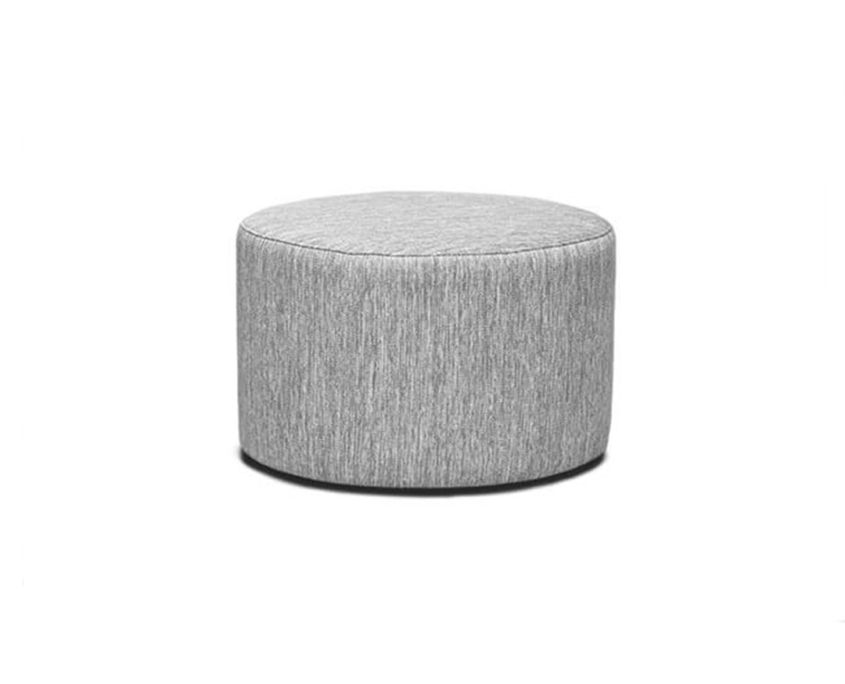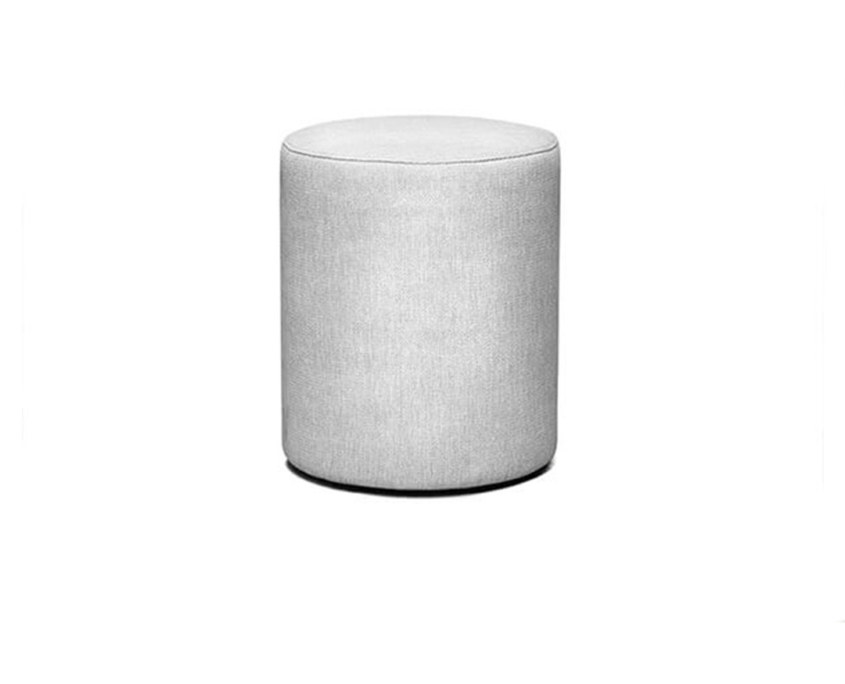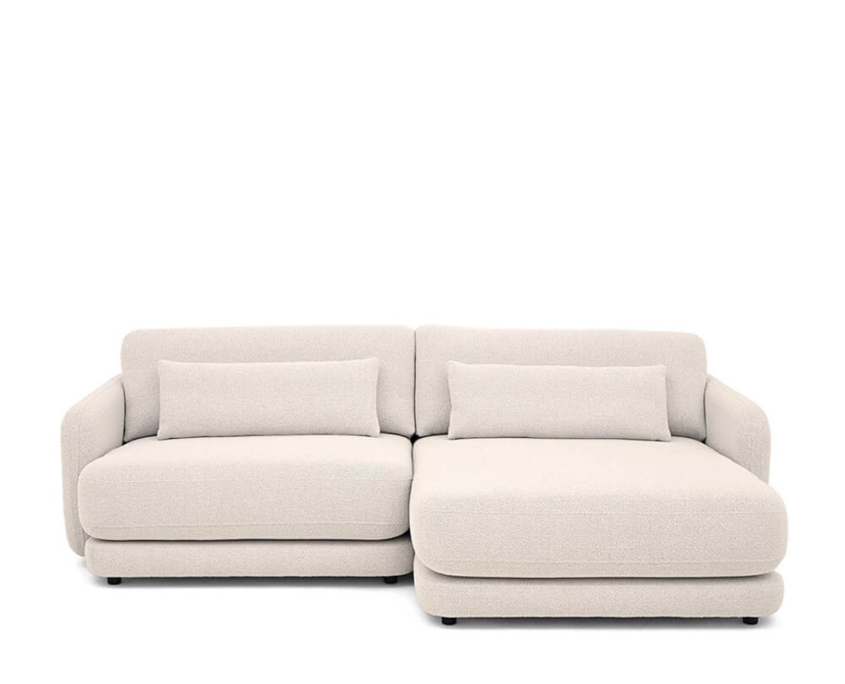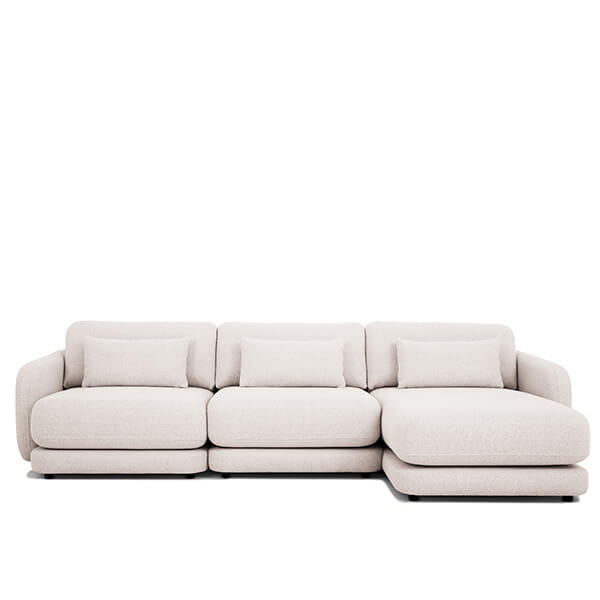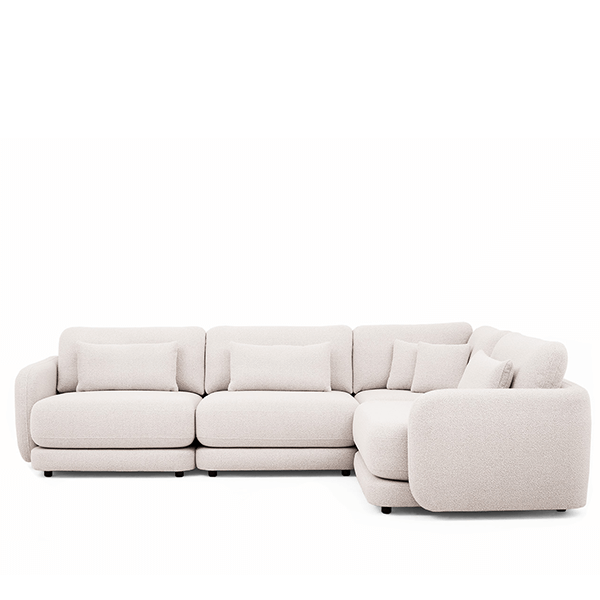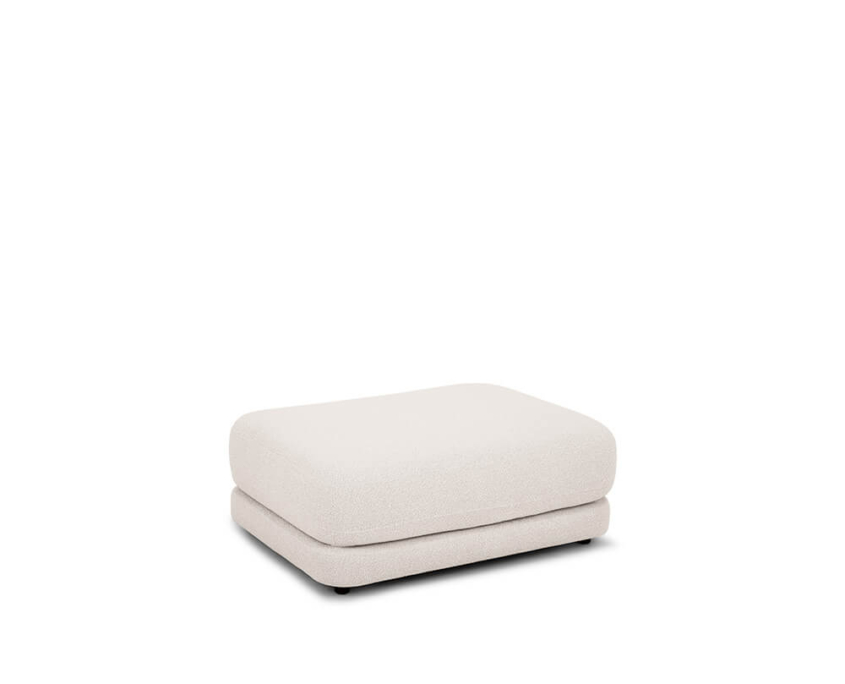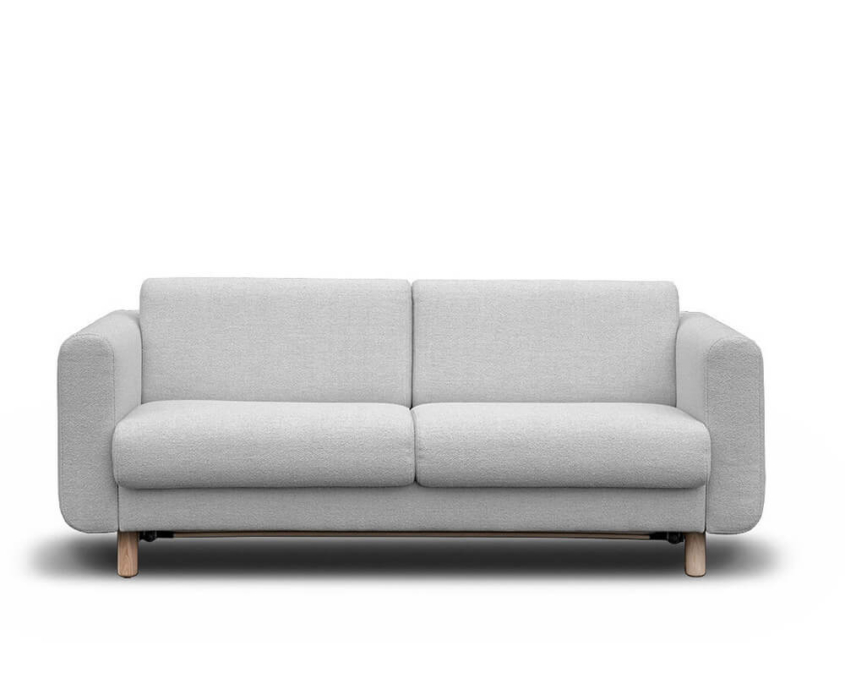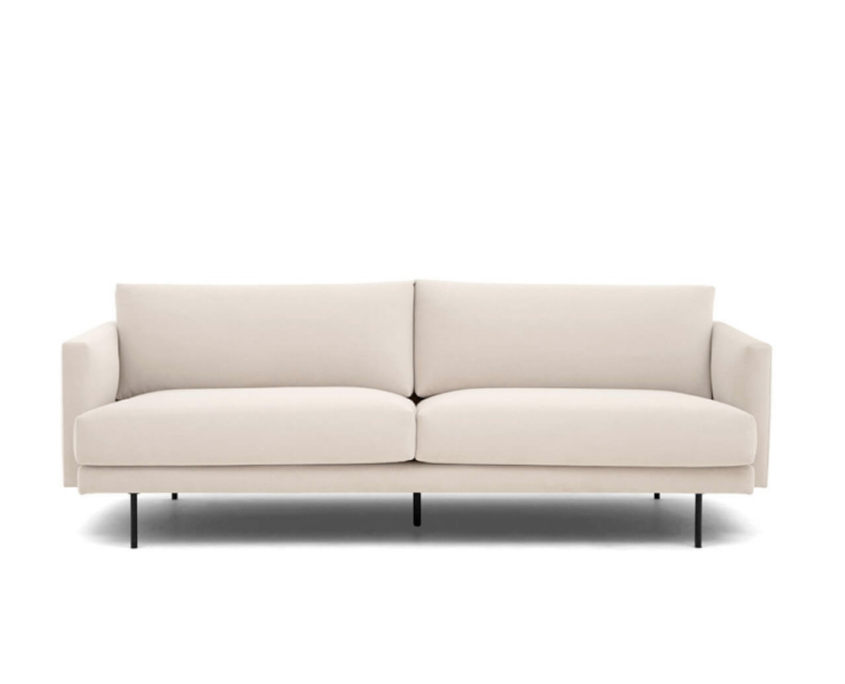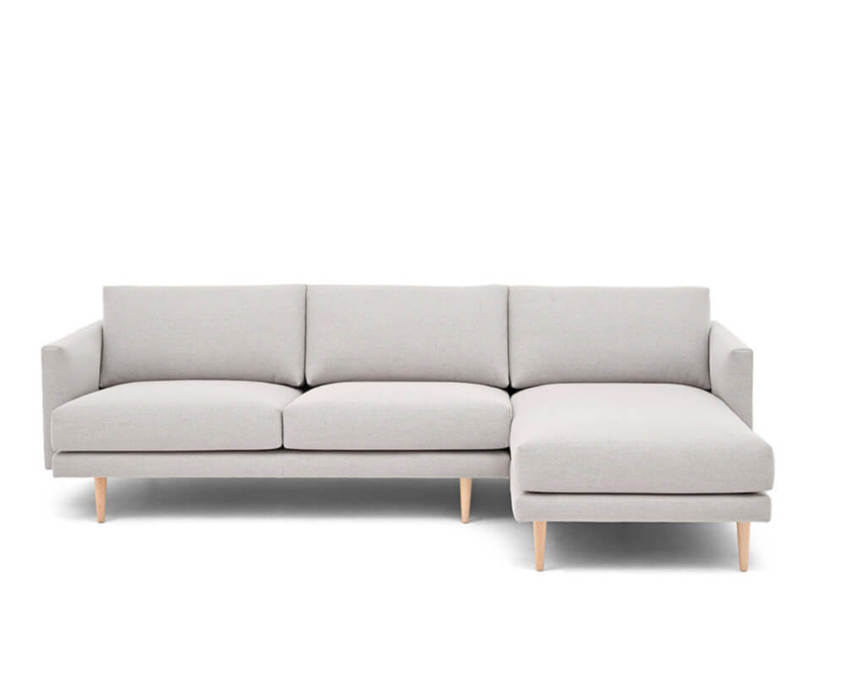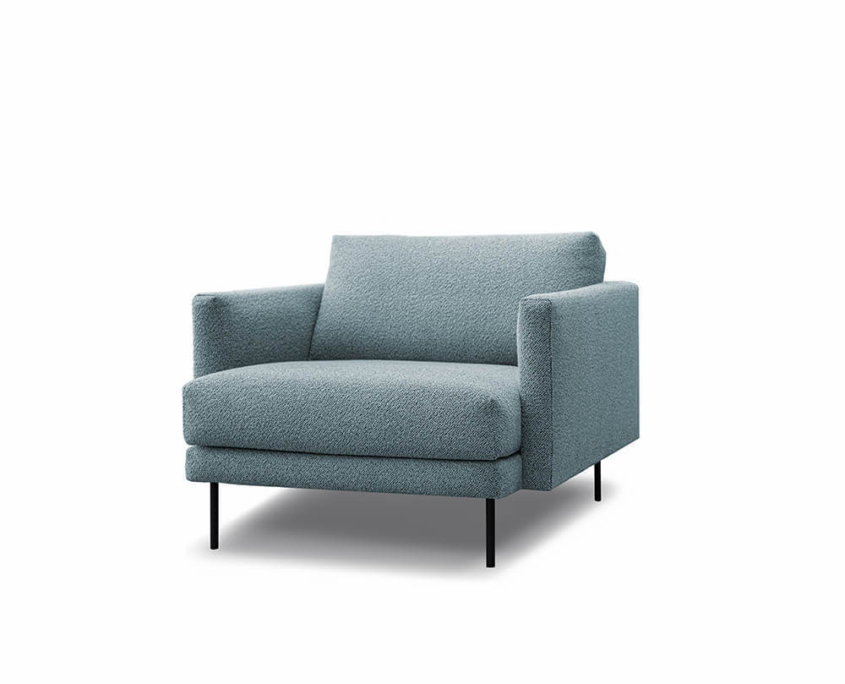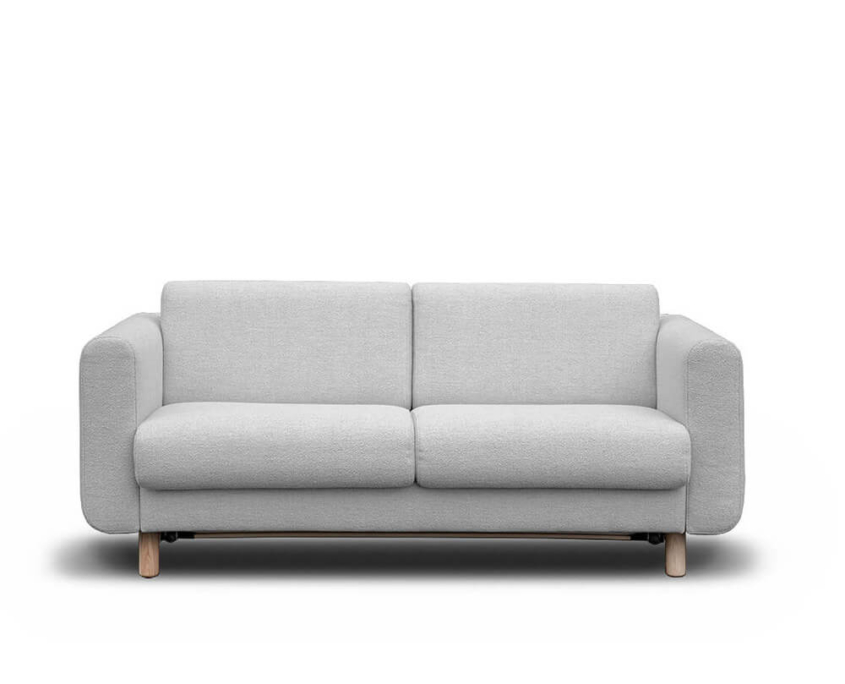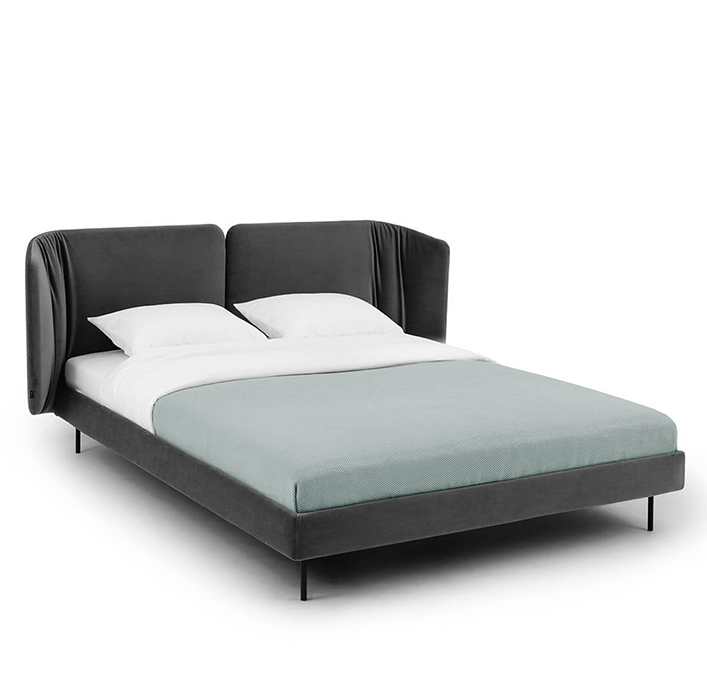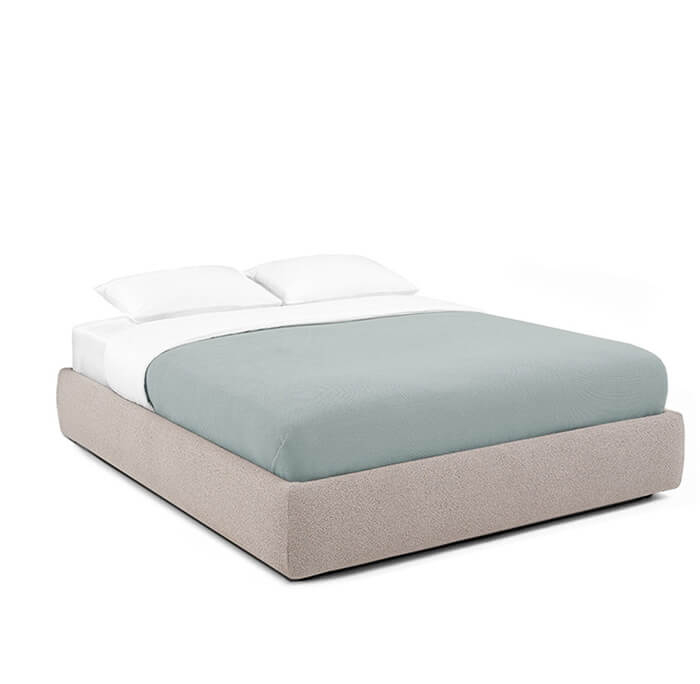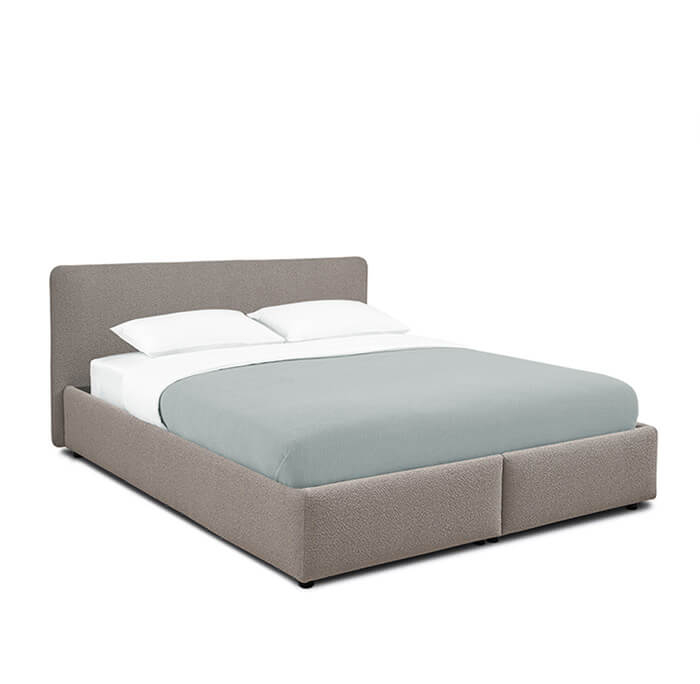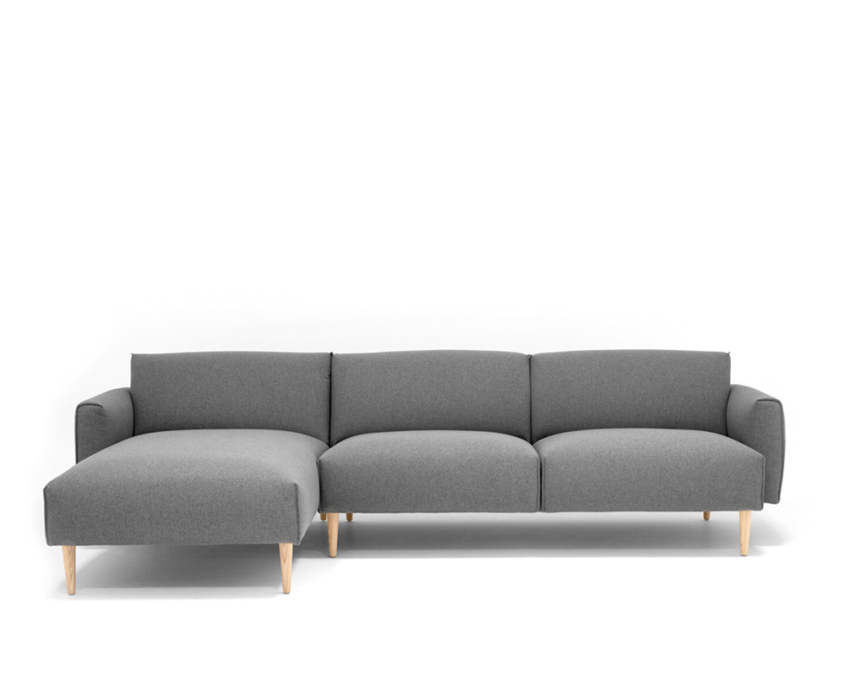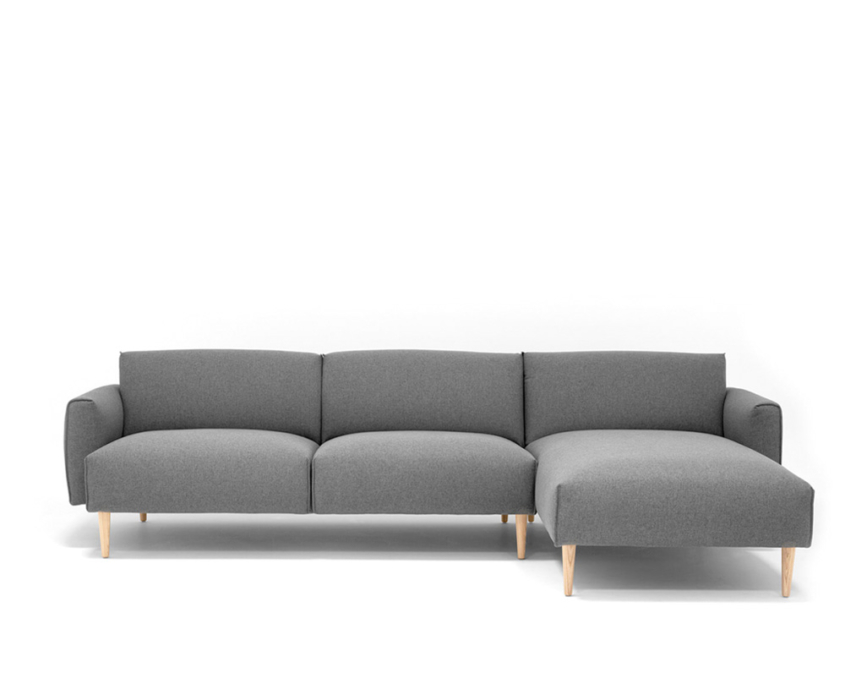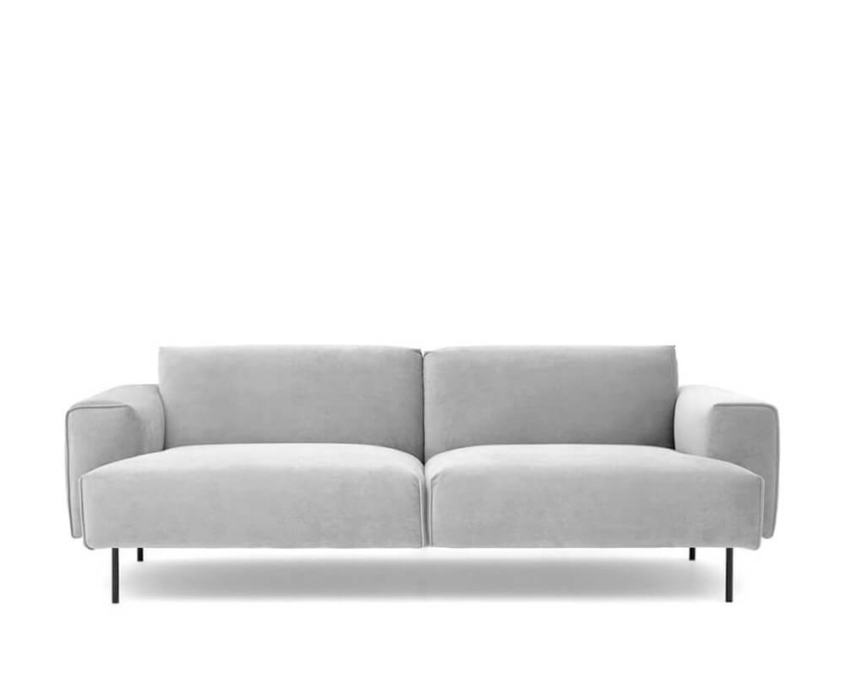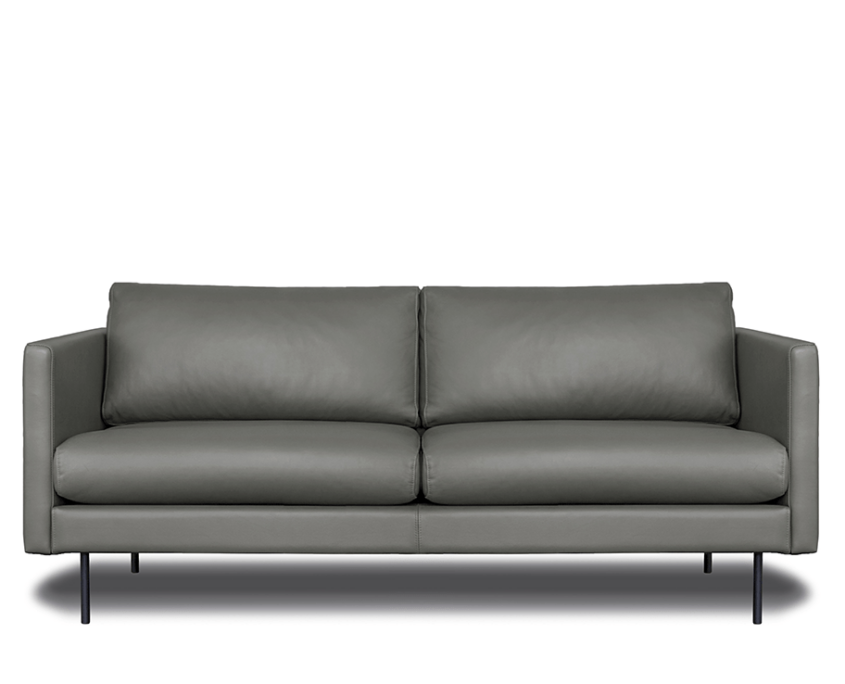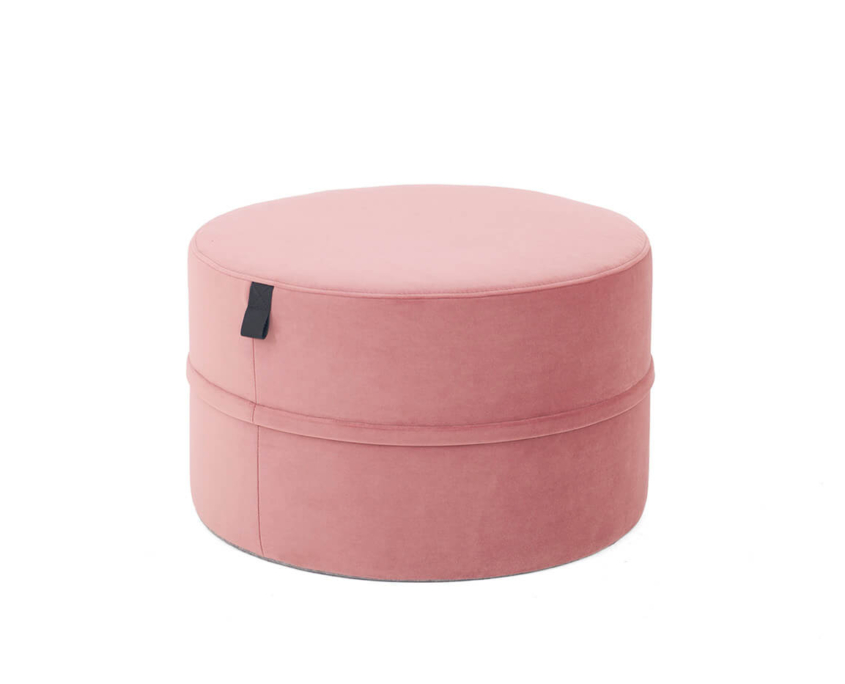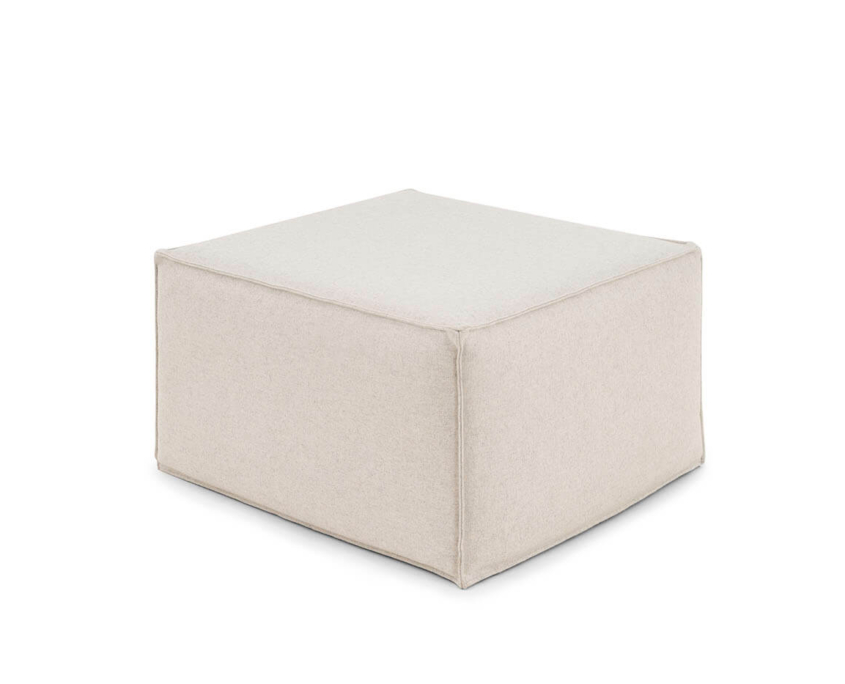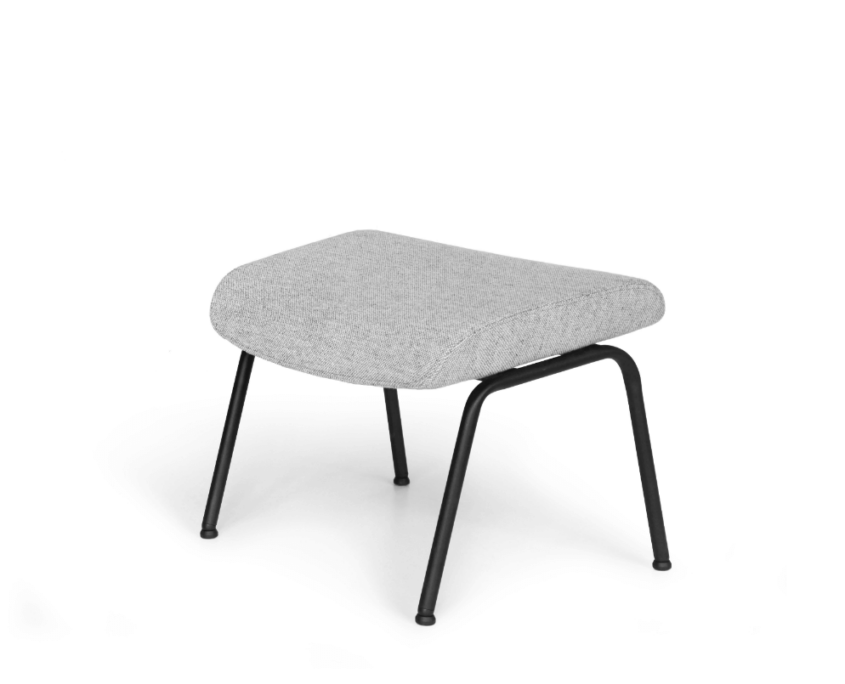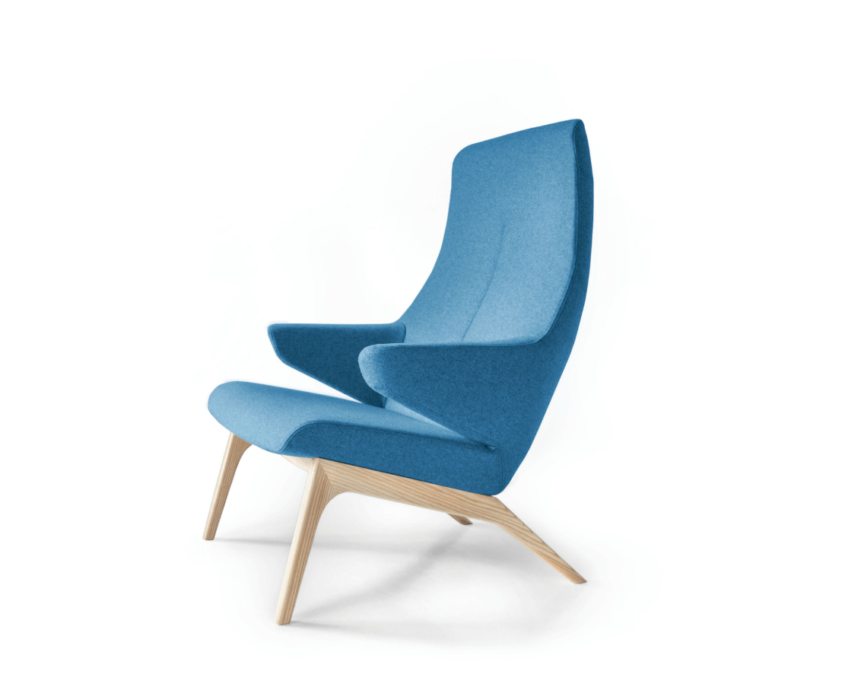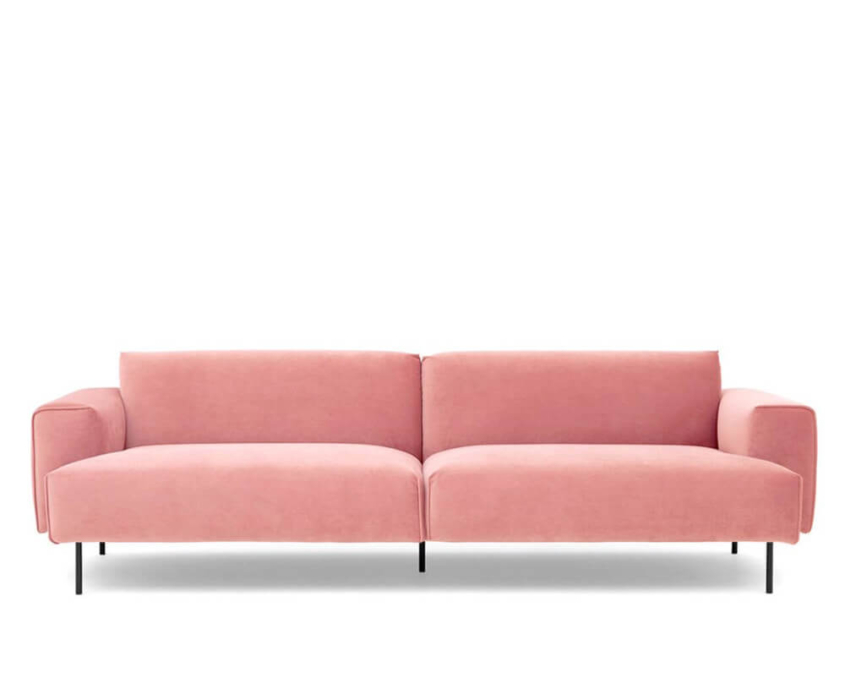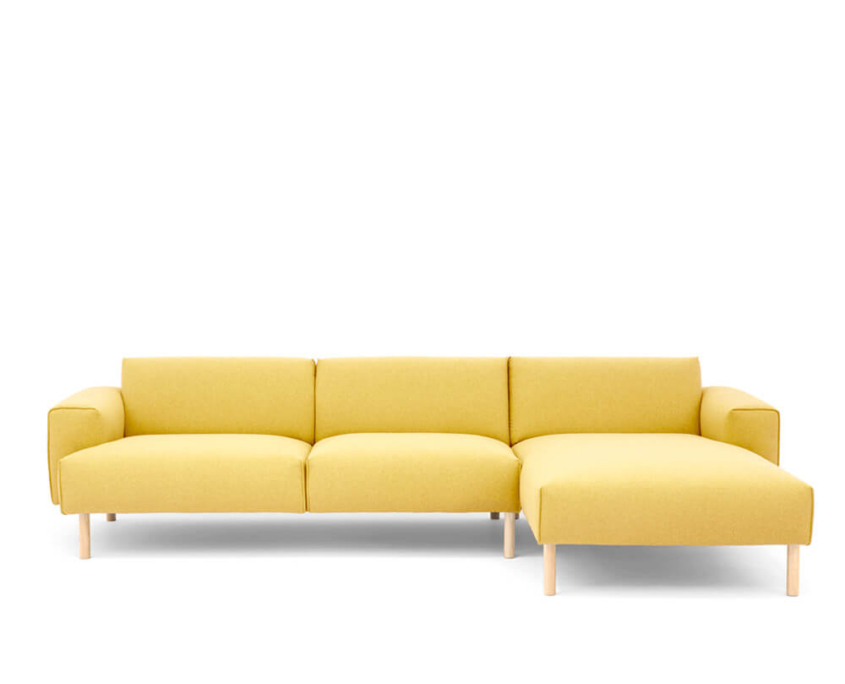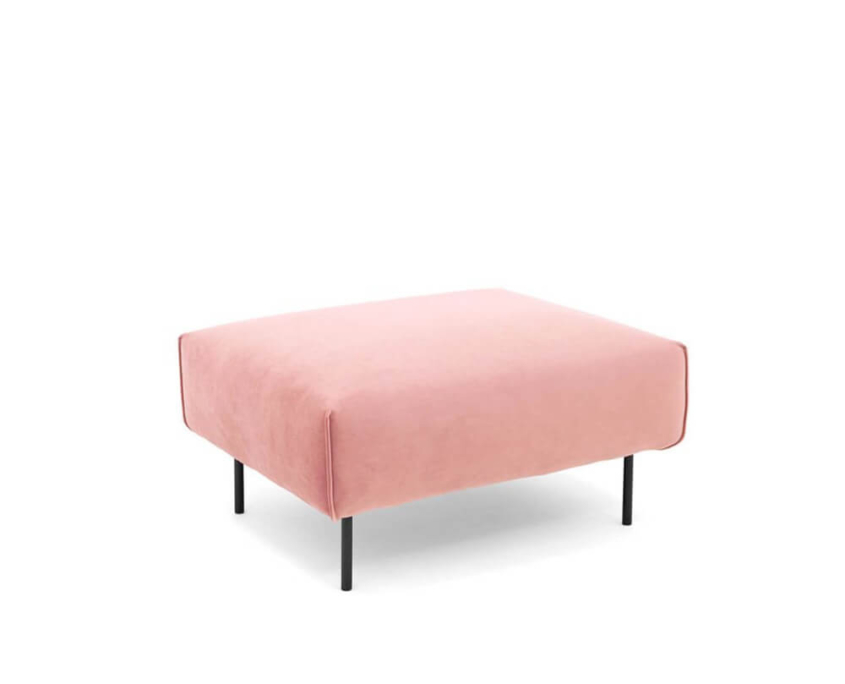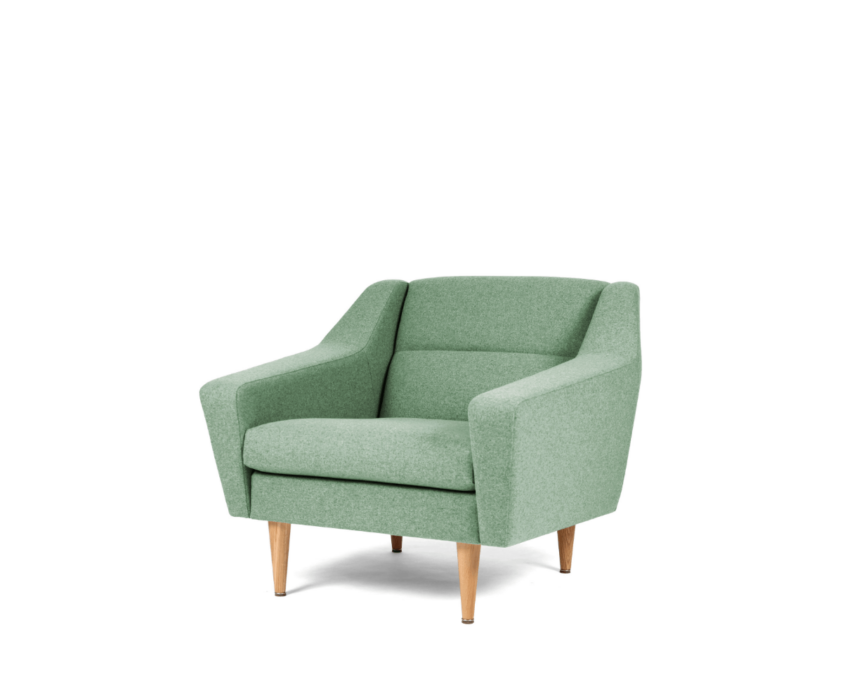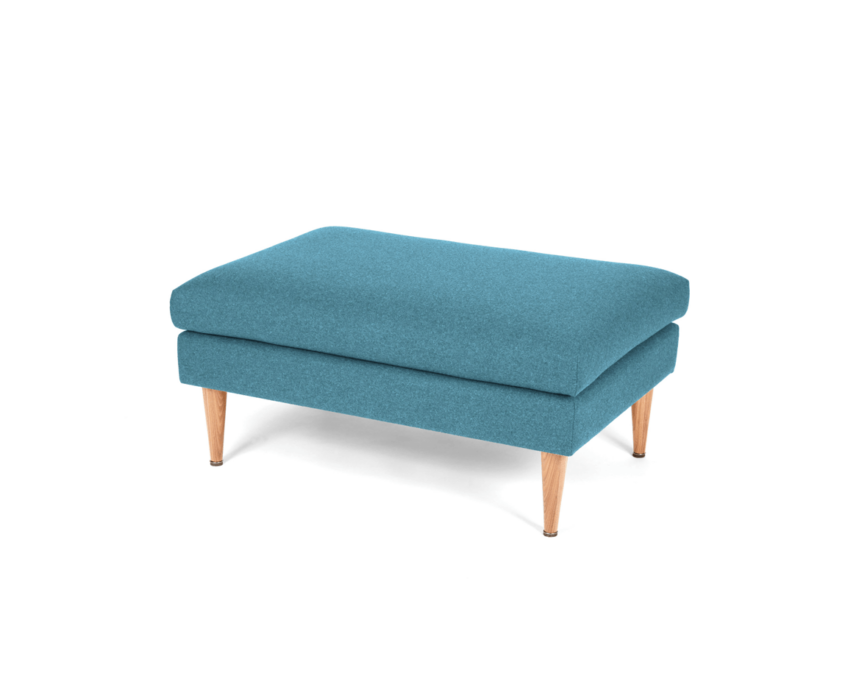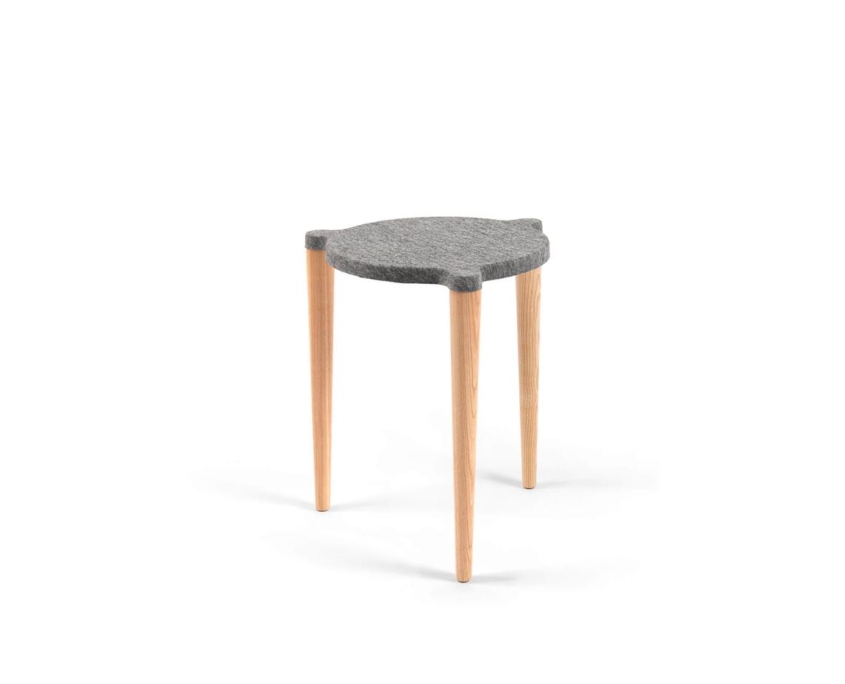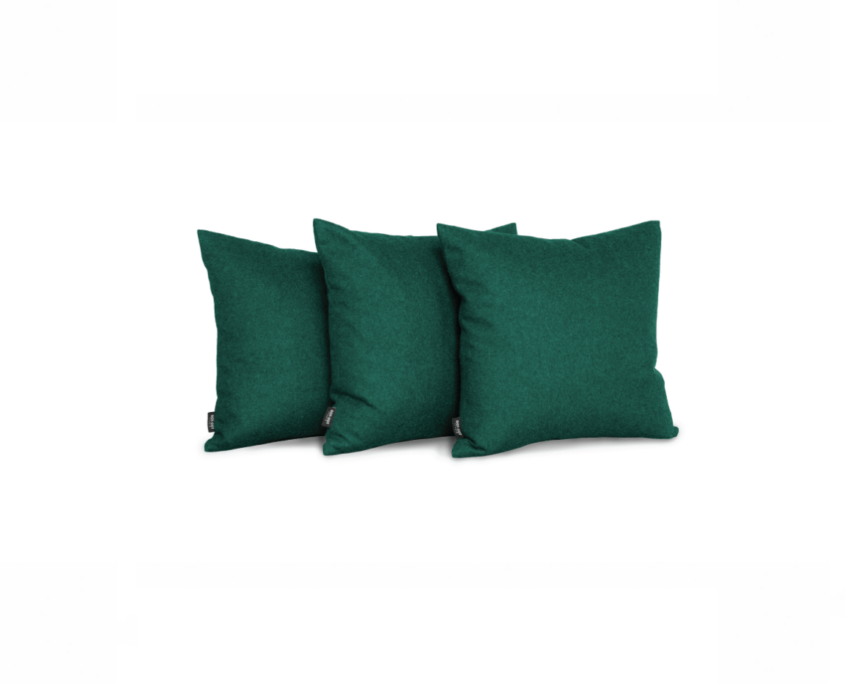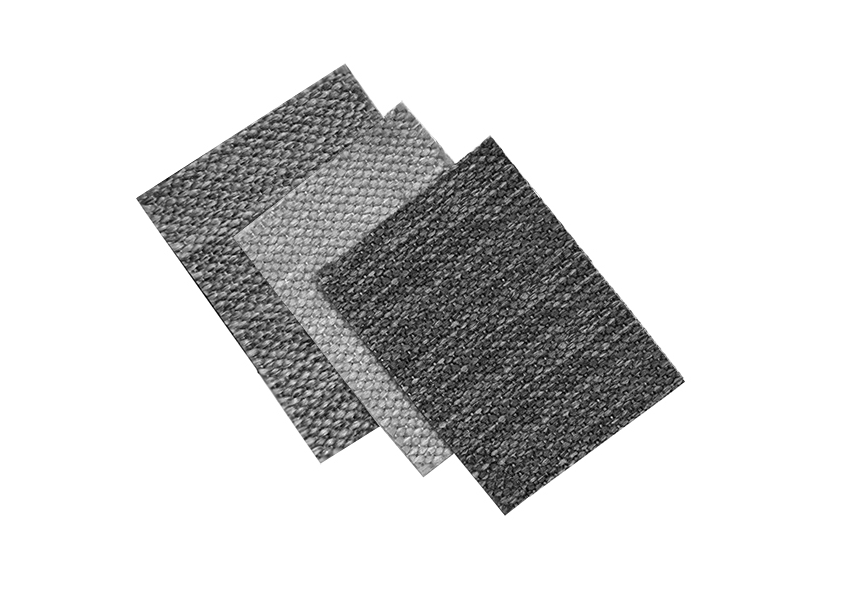OOT-OOT STUDIO AT NORDICA’S MAGAZINE TIME FLIES
TOOT TOOT FOR OOT-OOT
What do writer Sofi Oksanen, Estonian president Toomas Hendrik Ilves, and Finnish designer Ristomatti Ratia have in common? They are all highly intelligent, successful people, but there’s something else — they’ve all sat on an Oot-Oot sofa.
TEXT: Liis Kängsepp
PHOTOS: Sergei Didyk, Oot-Oot Stuudio, HeadRead
WHEN MARKO ALA AND JOONAS TORIM met in 2005 at Tartu Art School, they immediately connected. Both had an entrepreneurial mindset and a dream to create their own opportunities instead of waiting for somebody else to offer them ones. Ten years later, they are still good friends, as well as being business partners responsible for one of Estonia’s great design success stories – furniture brand Oot-Oot.

Over the last few years, Oot-Oot’s furniture, and in particular its Cosmo sofa, have become must-have items in the homes and offices of design-conscious Estonians. The road to being a renowned design brand in Estonia has not been smooth, though. For years, Ala and Torim knew they wanted to create their own furniture brand, but product and brand development takes time and money if you want to get it right. Being passionate about midcentury Scandinavian design, Ala and Torim saw that they were not alone, and that the period was getting fashionable again. They decided to start importing old furniture from Scandinavia to fix up and sell in Estonia. This allowed them to finance product development and design while they were still working on their first prototypes.

“What we didn’t really expect was how much Scandinavian furniture would teach us,” says Ala. “It was the time when joiners’ visions were first implemented in mass production, combining different new technologies and ideas about how to produce something more effectively. The outcome was a lot of interesting furniture that was knowingly designed for mass production, but with the intention that it should last a lifetime.”
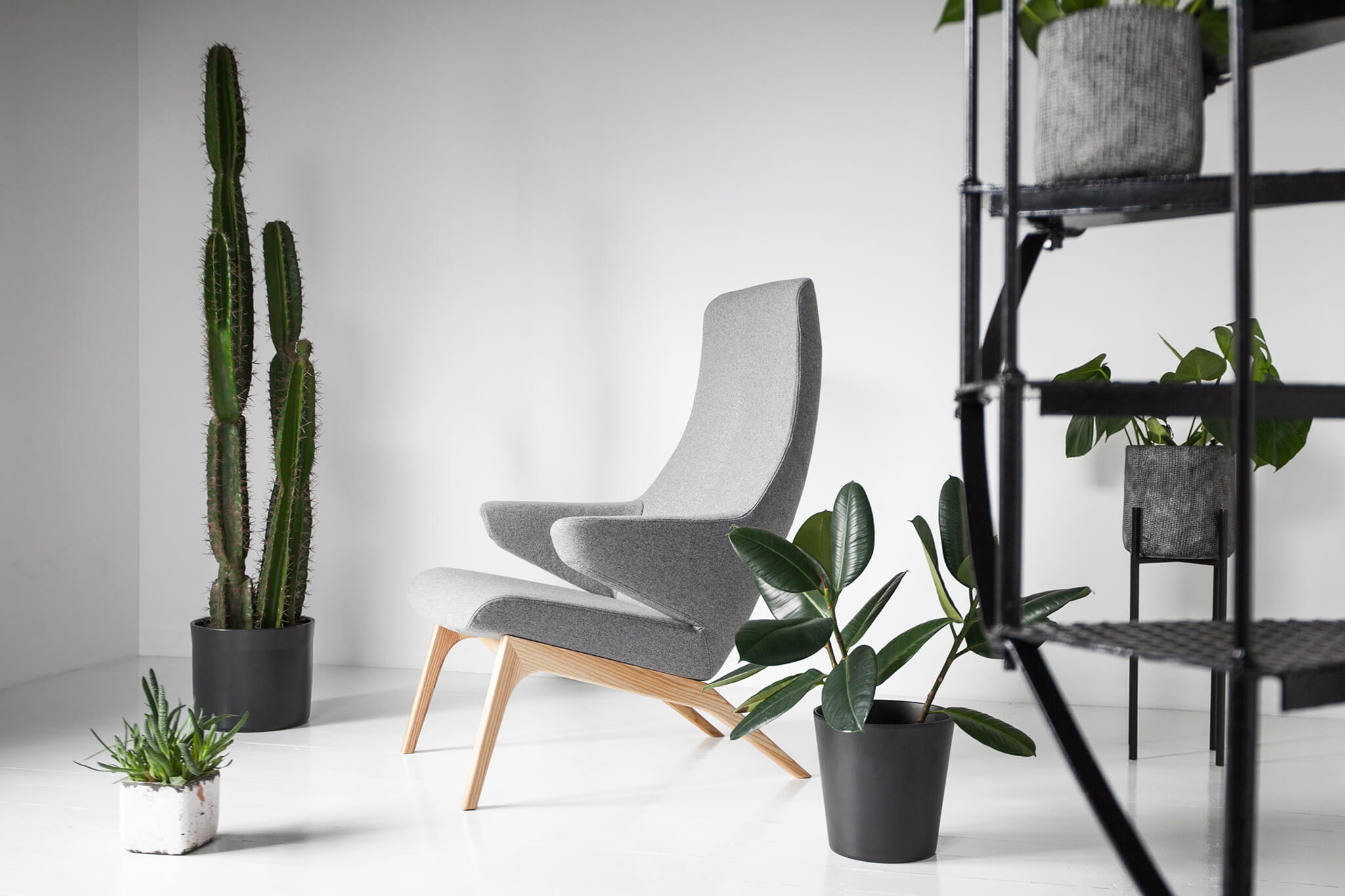
It also taught them that, although people enjoyed the aesthetics of midcentury chairs and sofas, they didn’t particularly enjoy sitting on them. “Their ergonomics were built under the assumption that people would sit stiffy and drink tea while listening to the radio,” says Ala. “The world has changed – we want to lie comfortably on a sofa, maybe put our feet up. This predicates a different functionality.” This all lead to Cosmo, Oot-Oot’s most popular piece. Oot-Oot’s furniture is now widely used in photo shoots for magazines, and by interior designers. Its furniture has also been showcased at a number of festivals, such as HeadRead, a literary festival that takes place every spring in Tallinn. Last year, the festival hosted Sofi Oksanen, a renowned Finnish writer, who was seen sitting comfortably on an Oot-Oot piece while meeting her Estonian fans.

The brand’s impeccable design also introduced Oot-Oot to some great new partners. Just as its own workshop was getting too small to sustainably build all the sofas people wanted to buy, the phone rang. The caller was in charge of a furniture company in Estonian town Jõgeva. “My friends are sharing pictures of beautiful sofas on Facebook,” the man said. “I wanted to know who makes them. I want to make them myself!” But even more importantly, Oot-Oot has started a change in how product design is perceived in Estonia. Ala and Torim have managed to inspire others to start investing in original design. “Design is a natural part of any product,” says Ala. “Every door handle, every lamp, or chair involves design. Design is not just a fancy shape, design is an integrated balance between function and aesthetics.”

With their eyes now set on foreign markets (30% of its production is already exported and they have retailers in Latvija, Germany and UK, it is clear that Oot-Oot has a good chance of evolving from a national design success story into an international one.
ILONA GURJANOVA
Chairman of the Board, Estonian Association of Designers
Oot-Oot is special because it makes high quality products with a classic design. While restoring vintage furniture, the people behind Oot-Oot got to know its inner secrets, learning everything that isn’t obvious to the eye but that makes a sofa comfortable. At the same time, it combines classic design elements with innovative solutions and materials, such as its last experiments with felt.
Usually a designer waits for a furniture producer to approach them and o er an opportunity to collaborate. Oot-Oot has a different approach. At Oot-Oot, the designers are in charge of the company, they are the salesmen and product developers who subcontract producers. Such a model has started to spread elsewhere in the world, too. Companies led by designers are often more flexible and resourceful as the team is made up of creative people. At the same time, you still need someone who can analyse numbers and knows about engineering to keep things in balance.
It would be fantastic if Oot-Oot’s success spurred on other Estonian furniture producers and made them more competitive, maybe even a little nervous. If not, there’s a good chance that our designers will continue to be seen as people who are unable to organise production and lead companies. Oot-Oot’s success is clear proof of the capabilities of its designers, who are not merely dreamers who draw shelf blueprints on paper clippings. Instead, they are practical, apt people. I hope Oot-Oot’s success creates more hunger for collaboration with designers.
